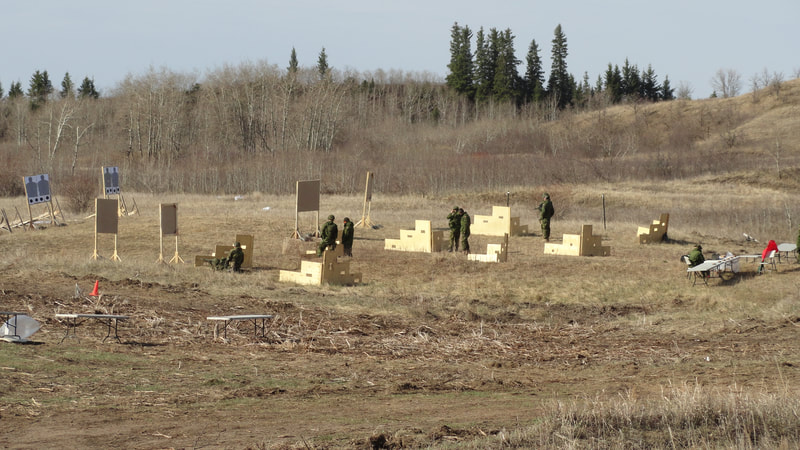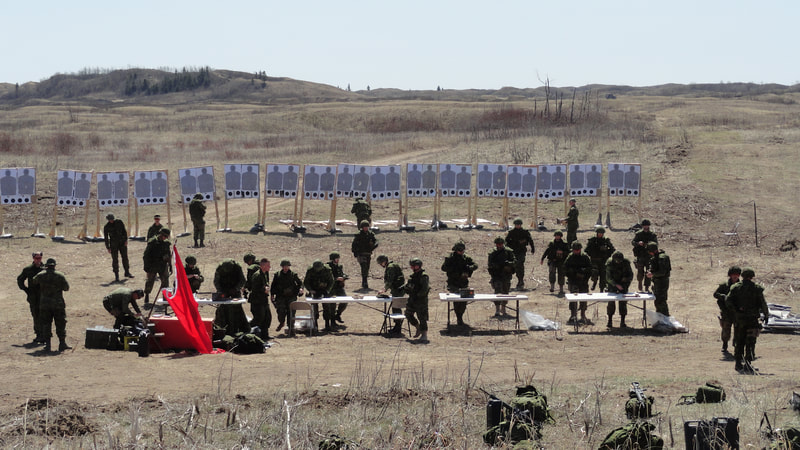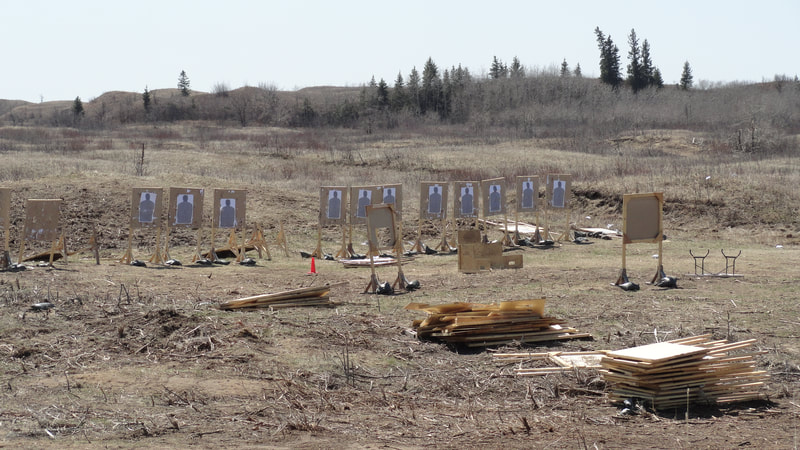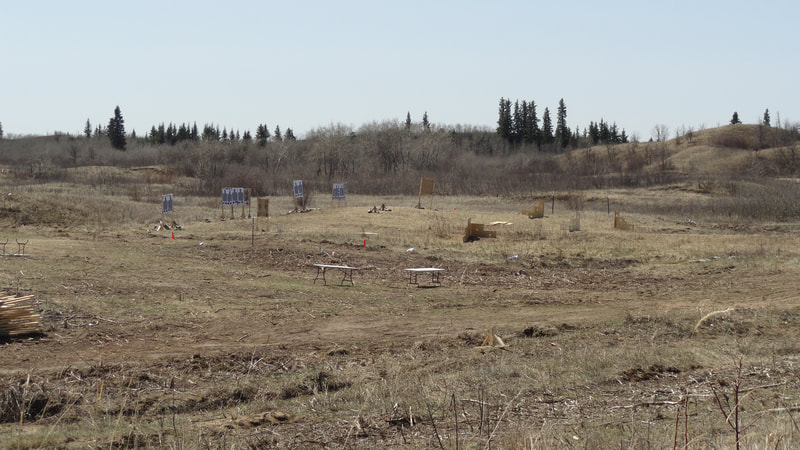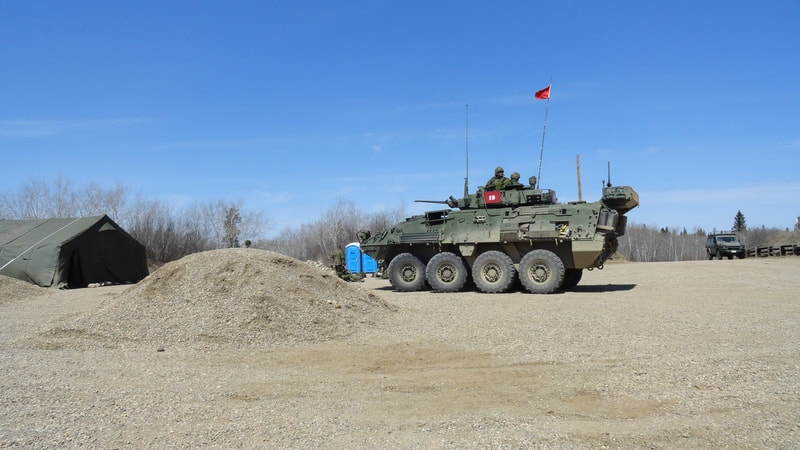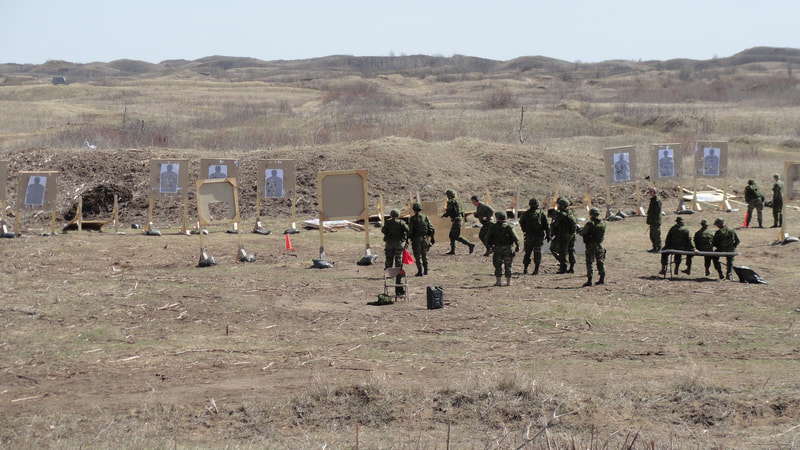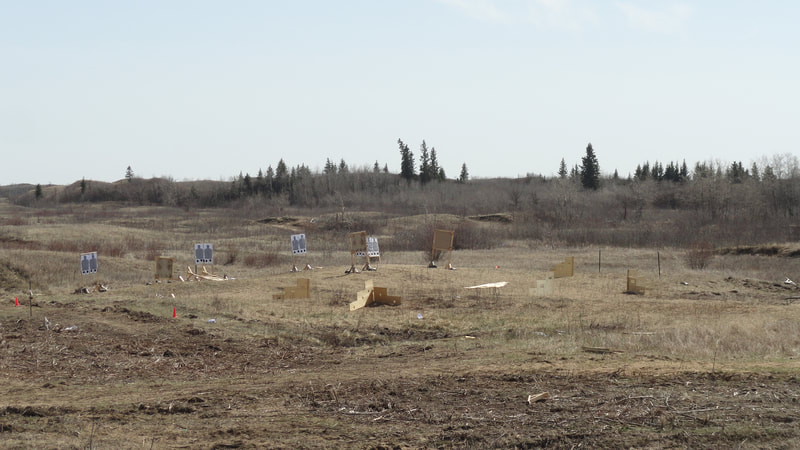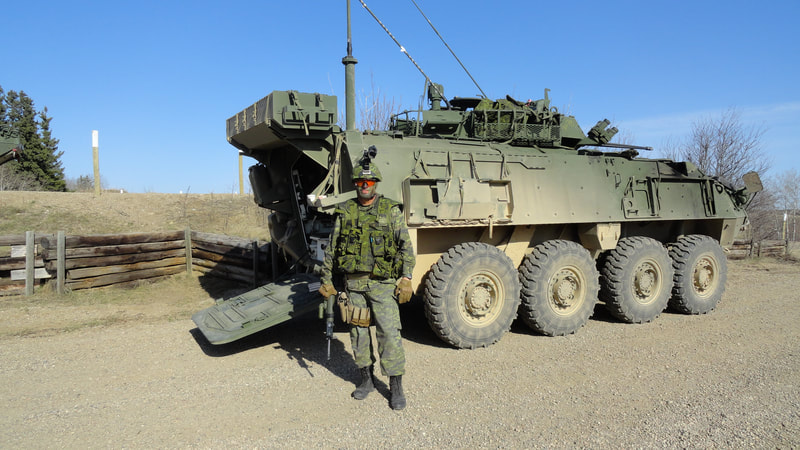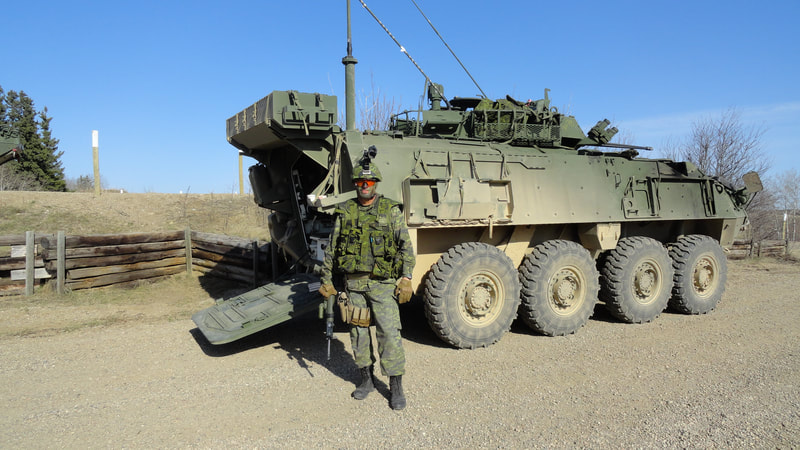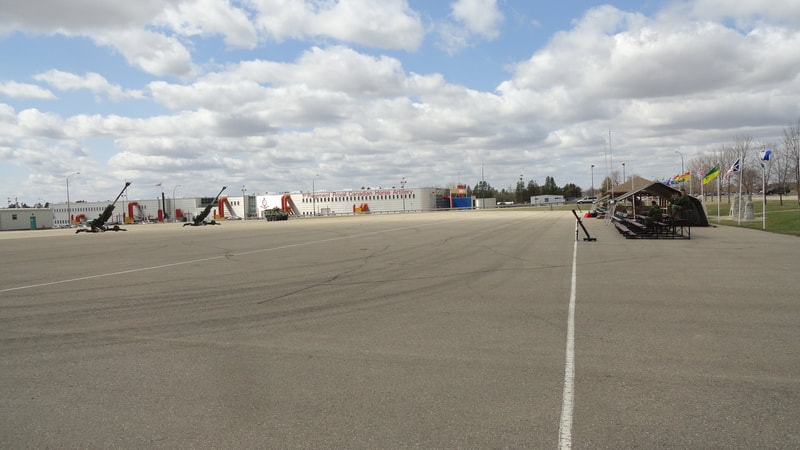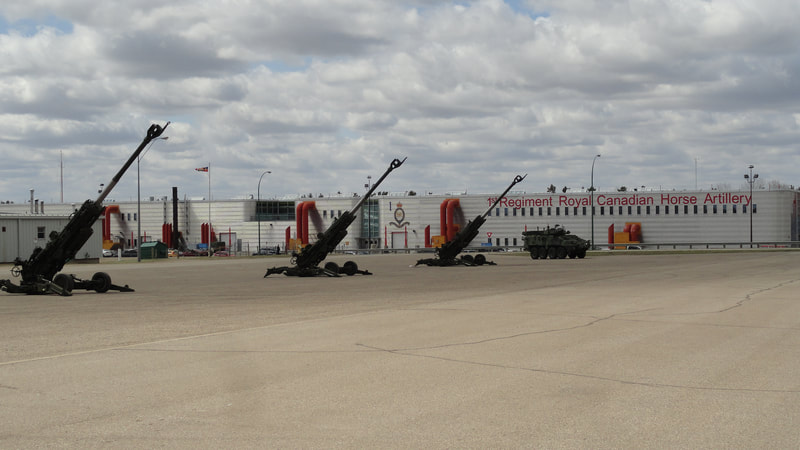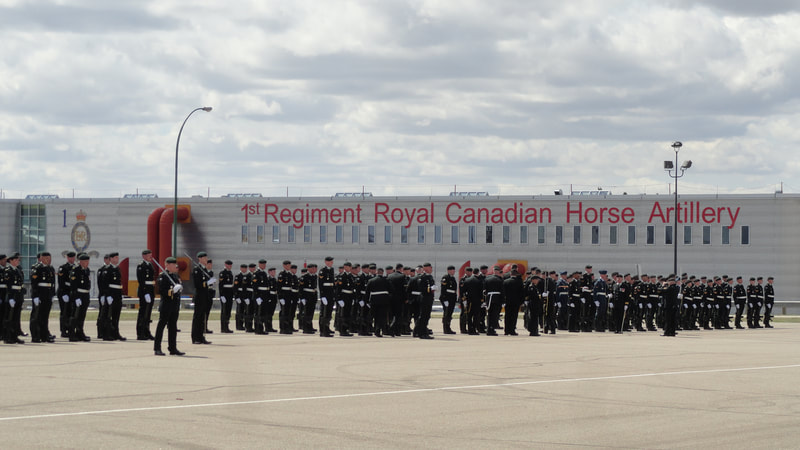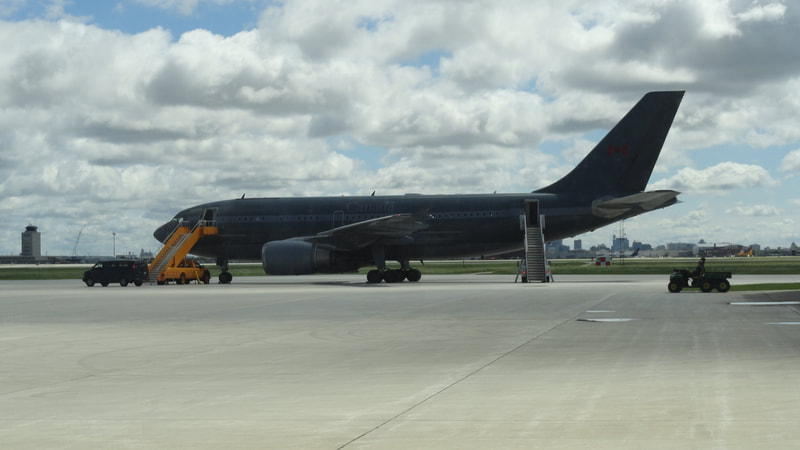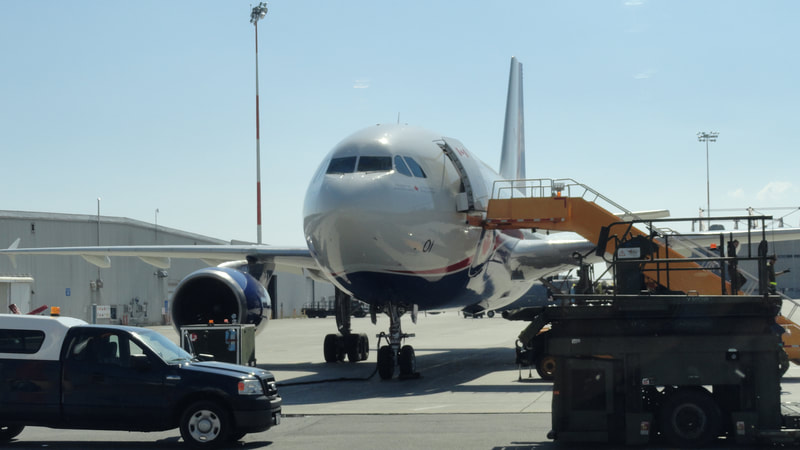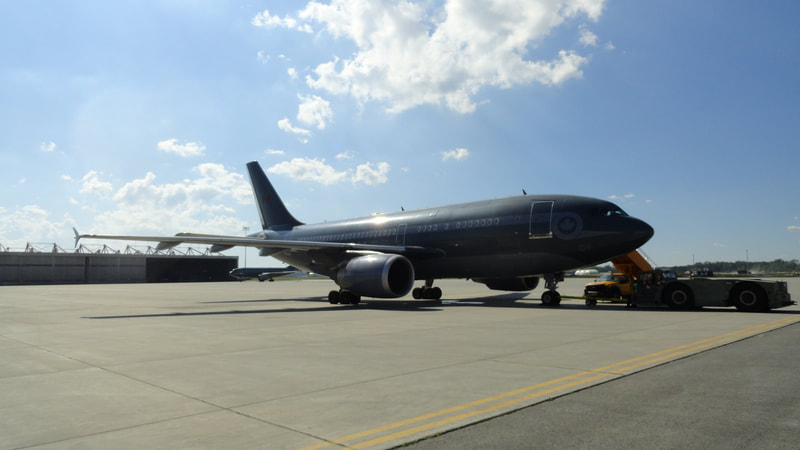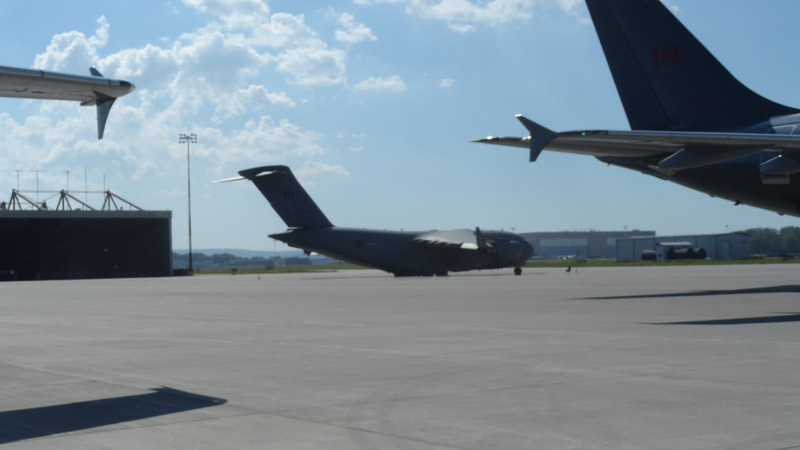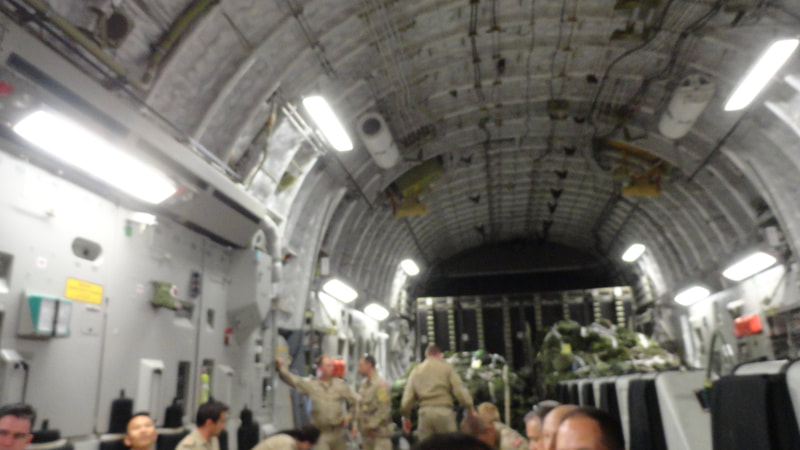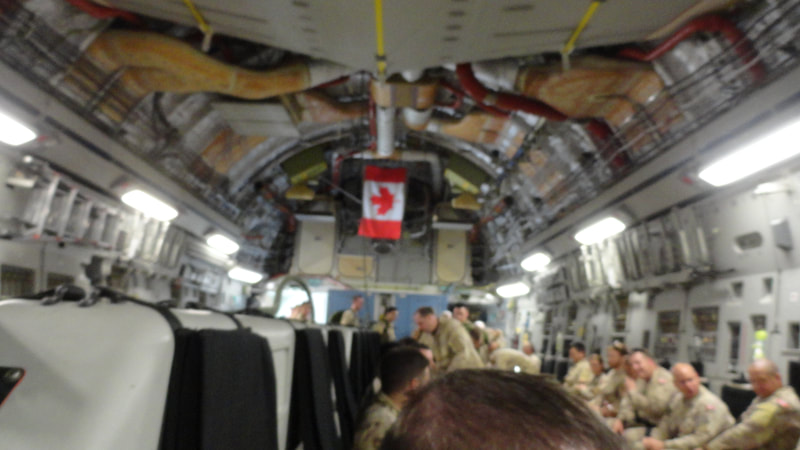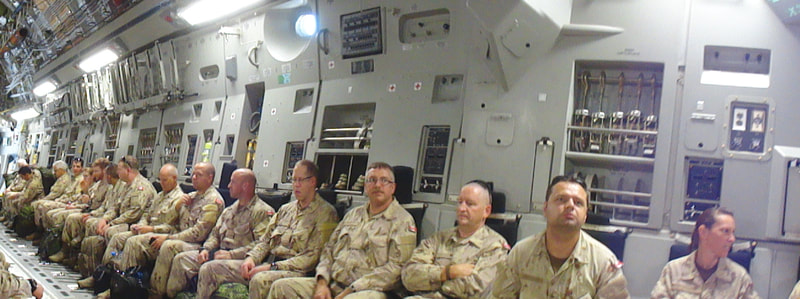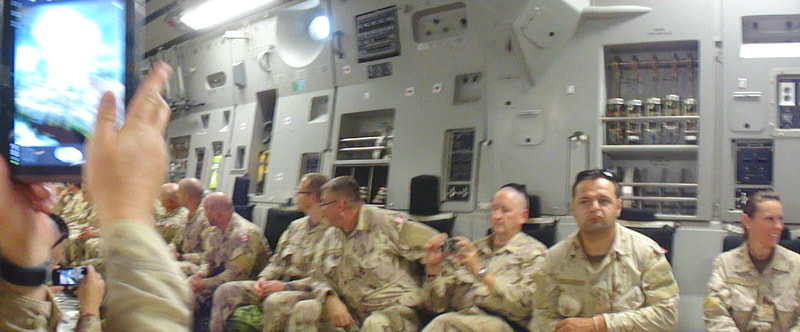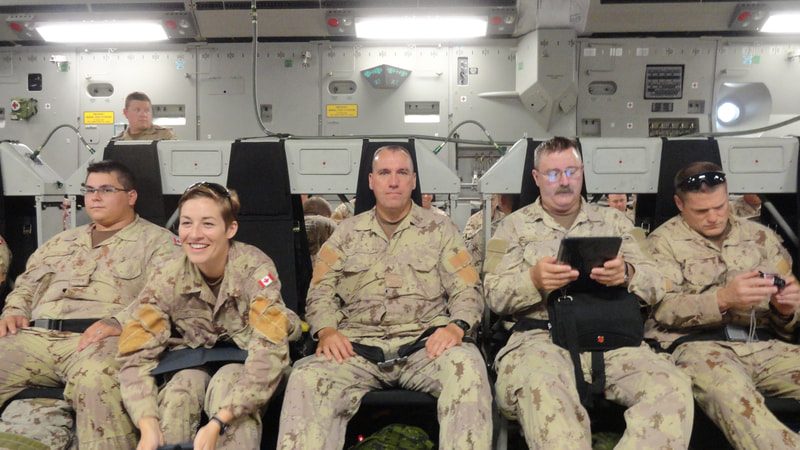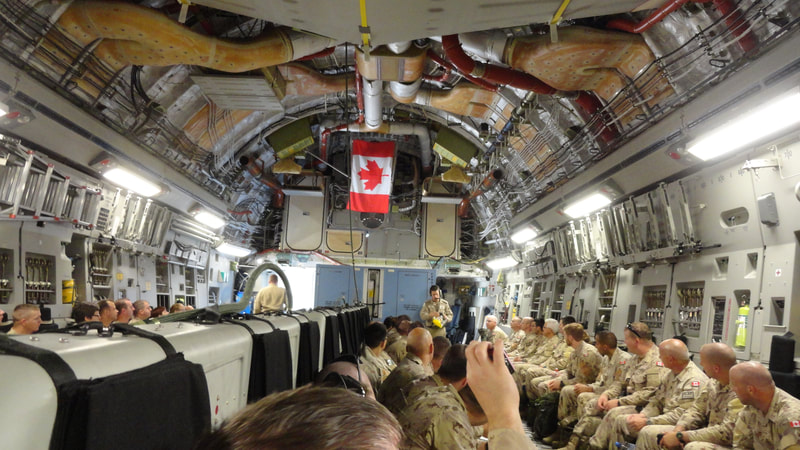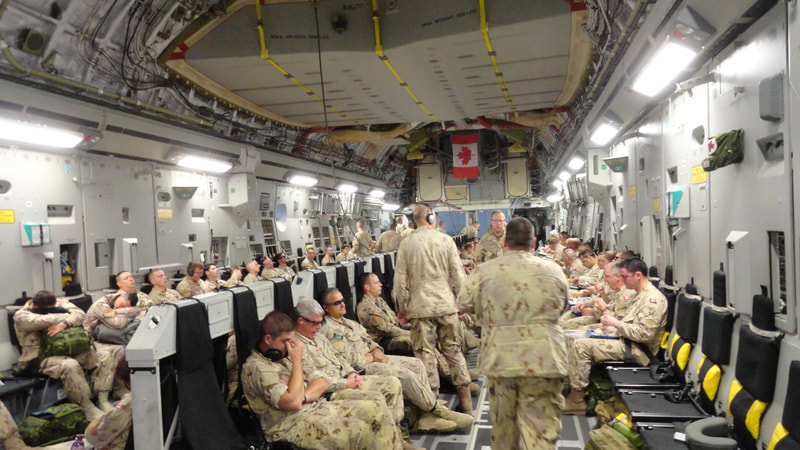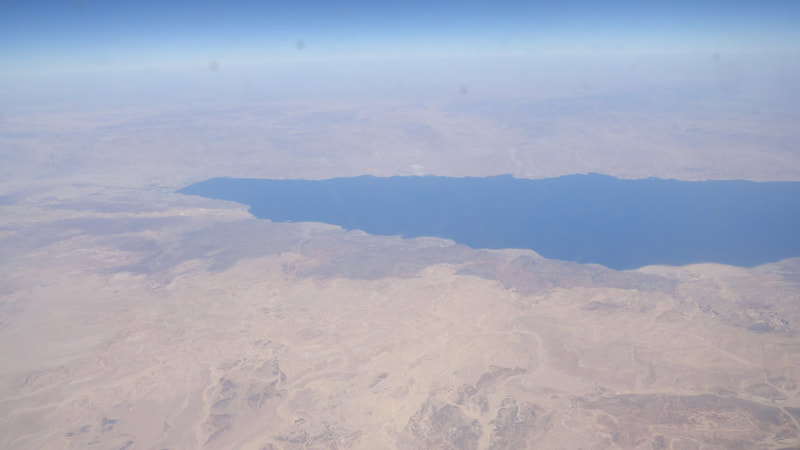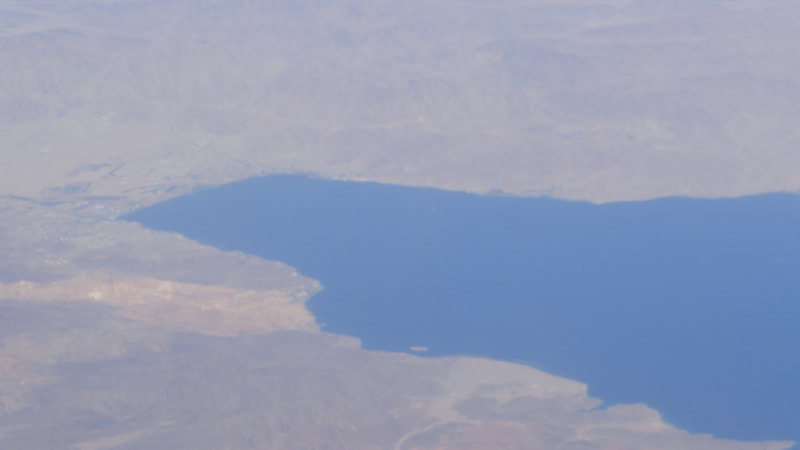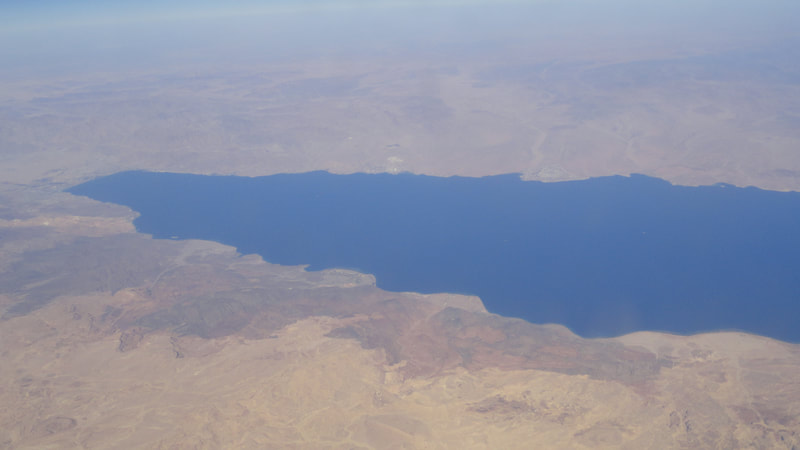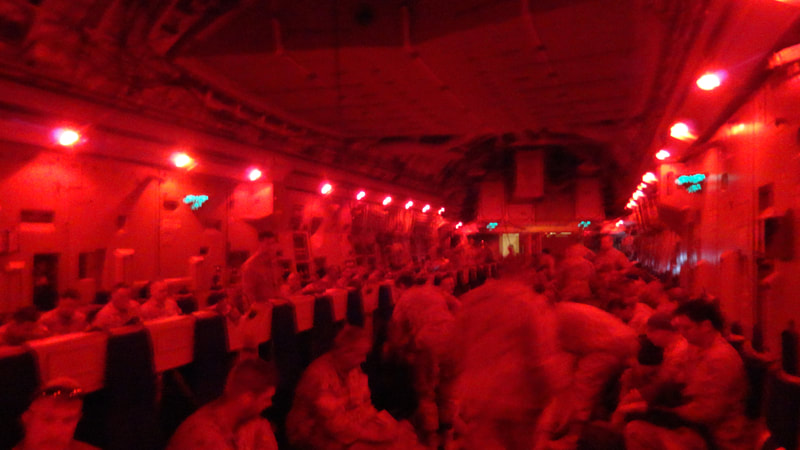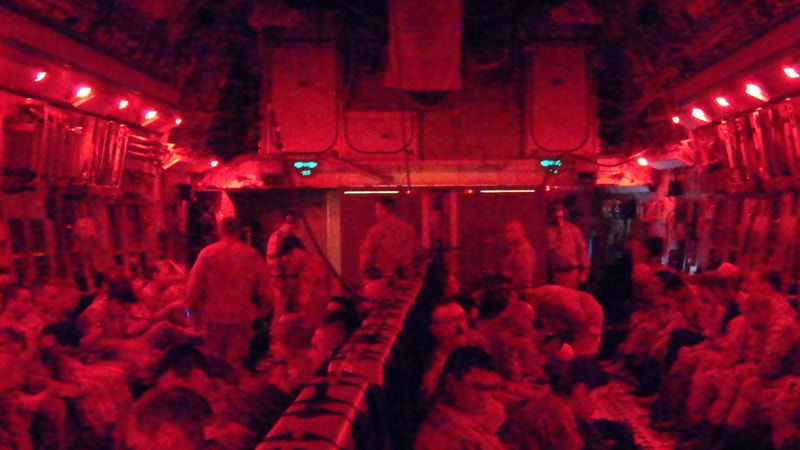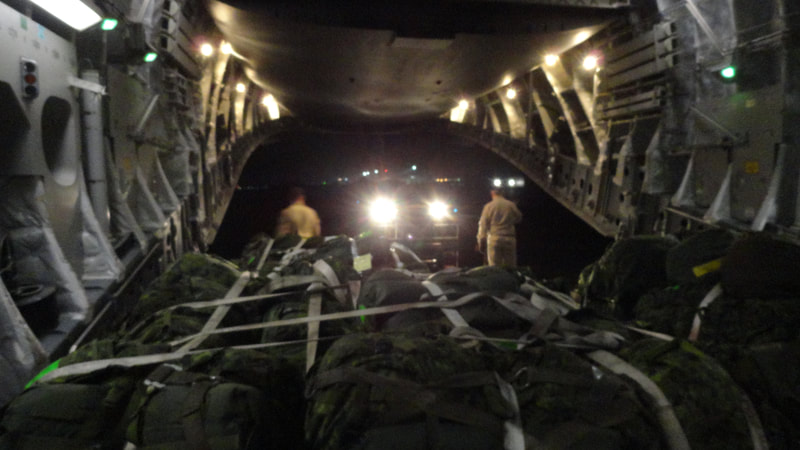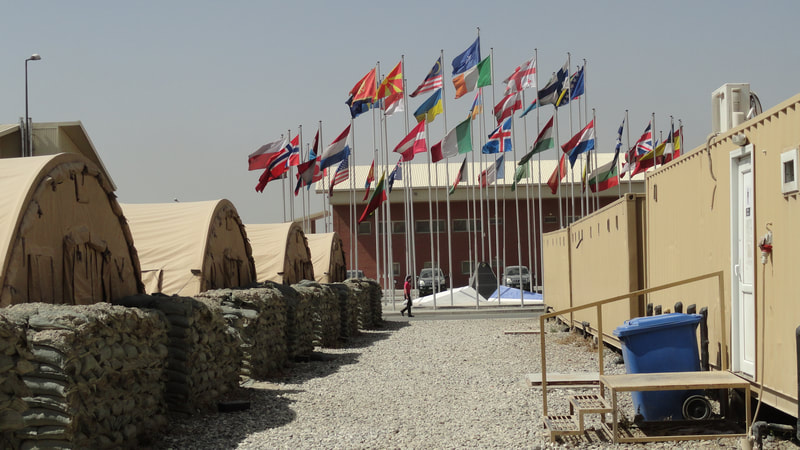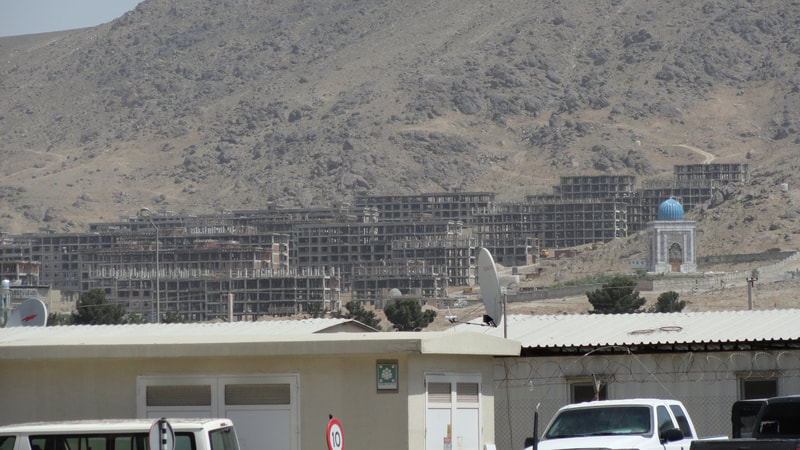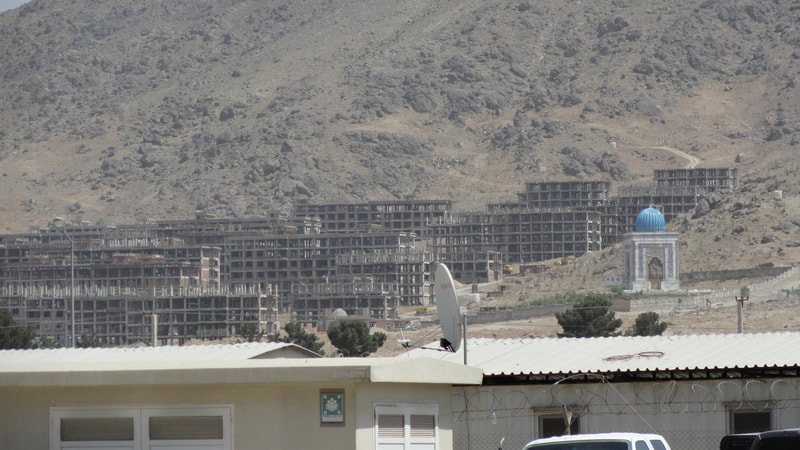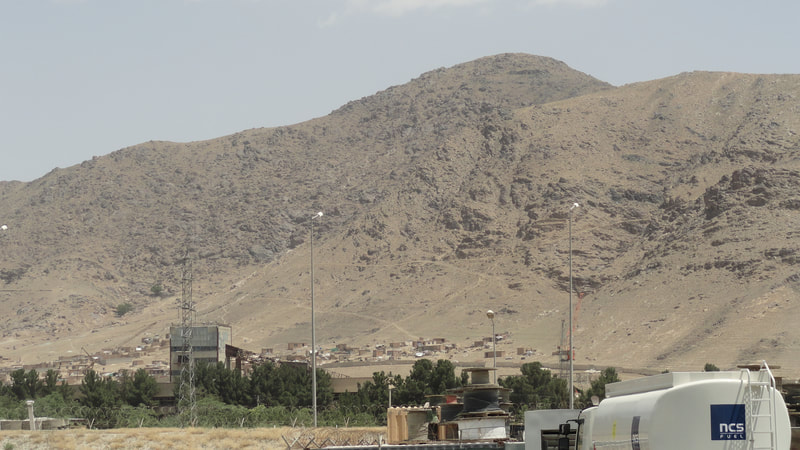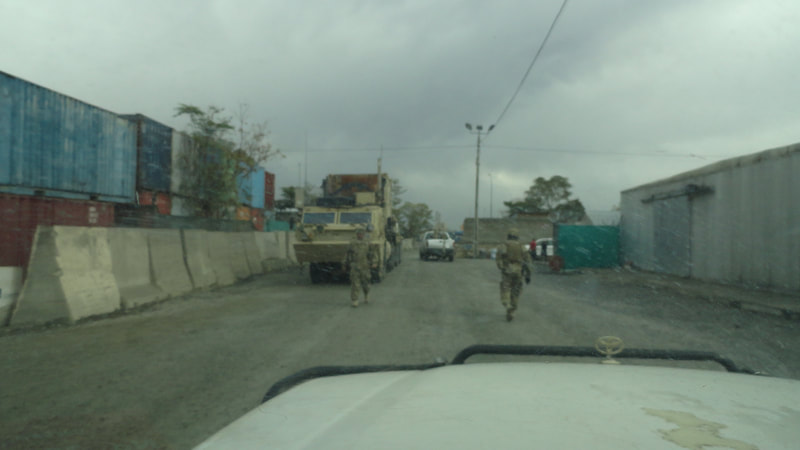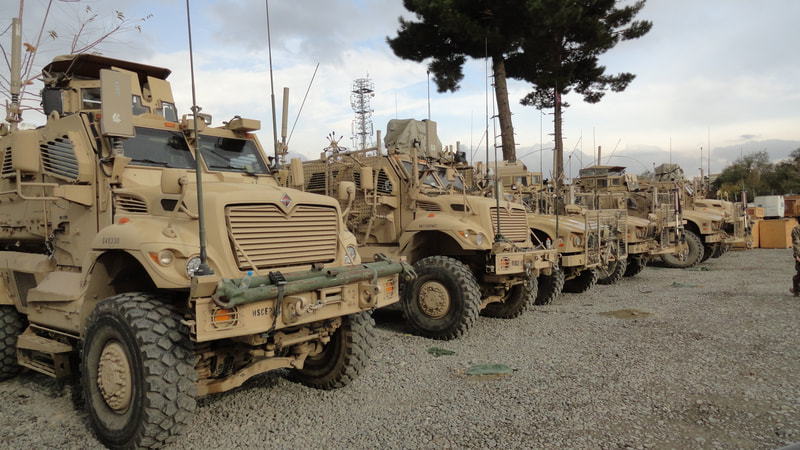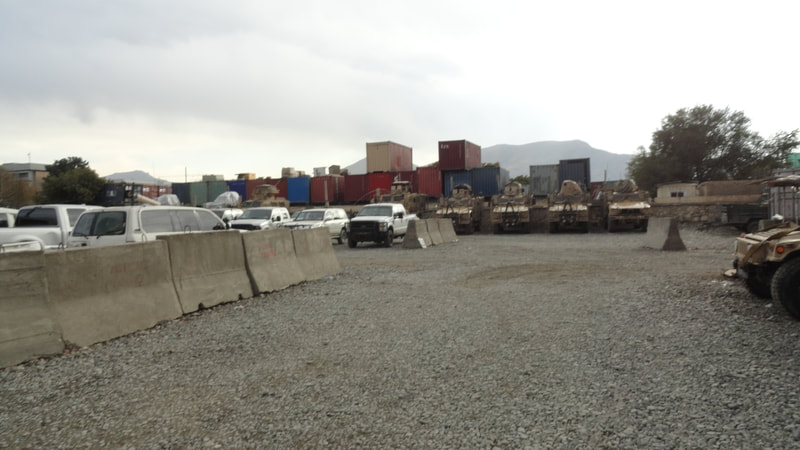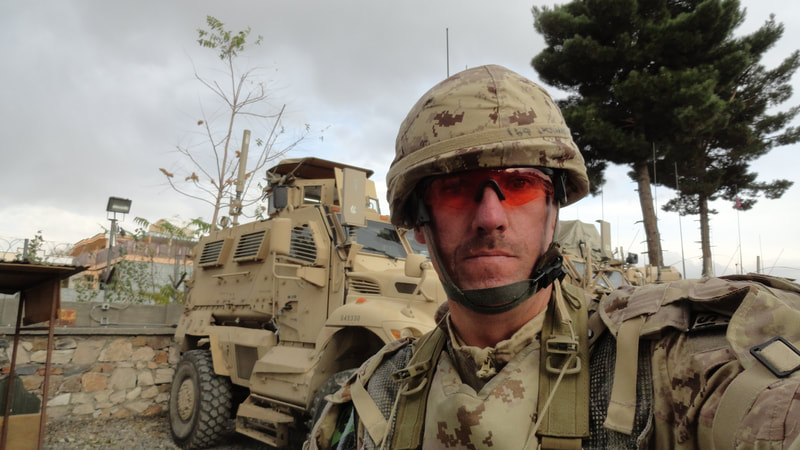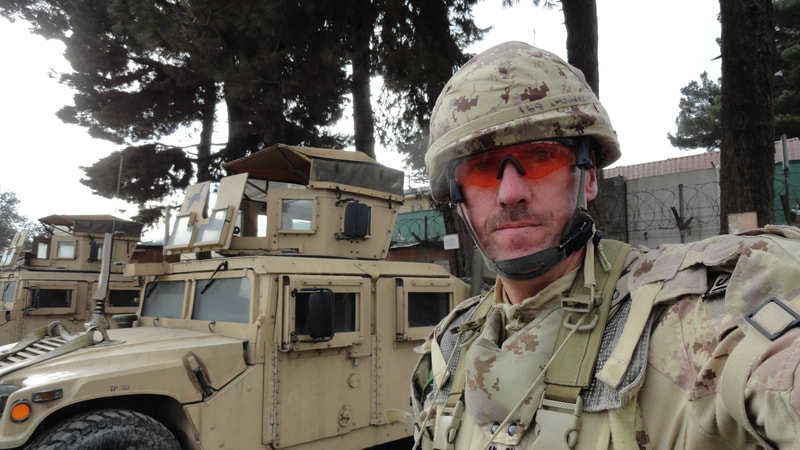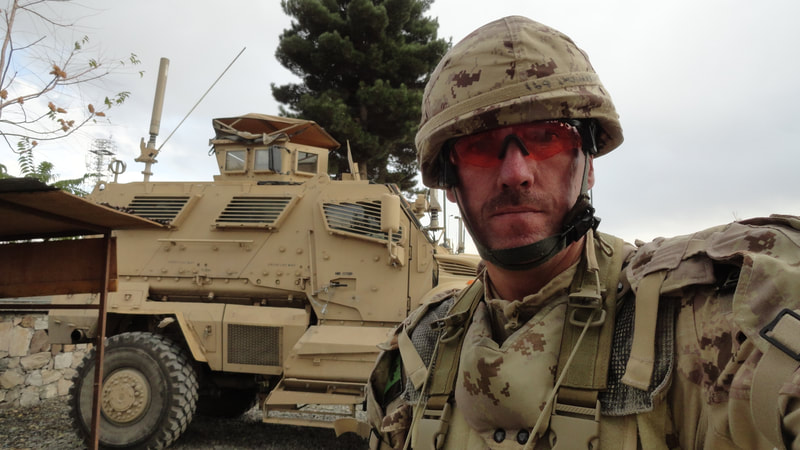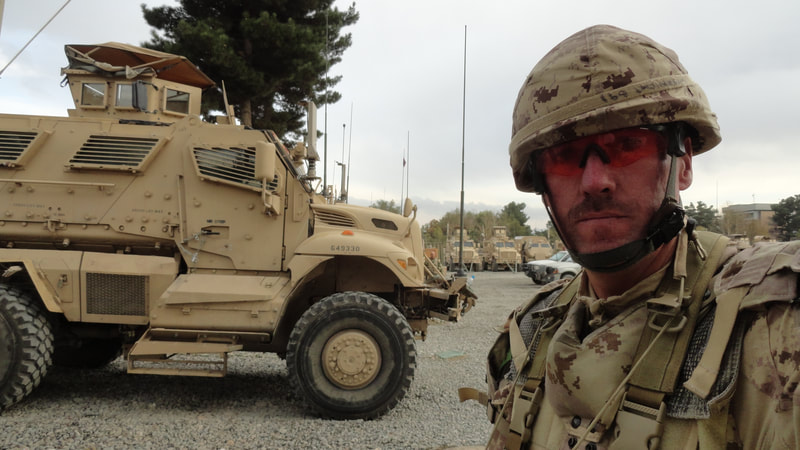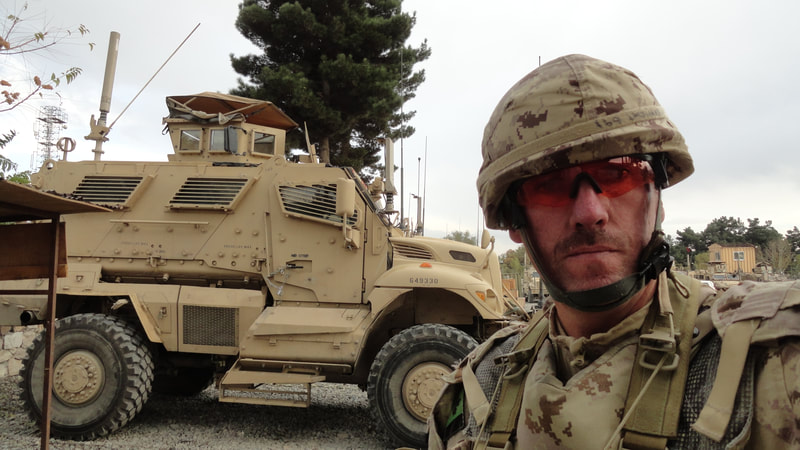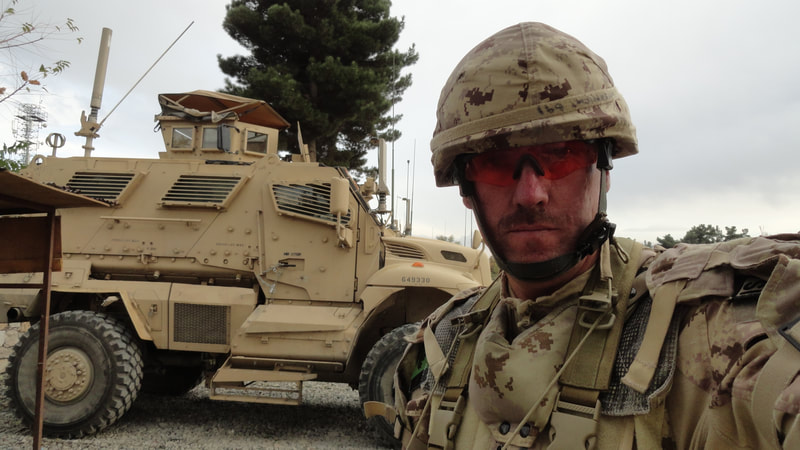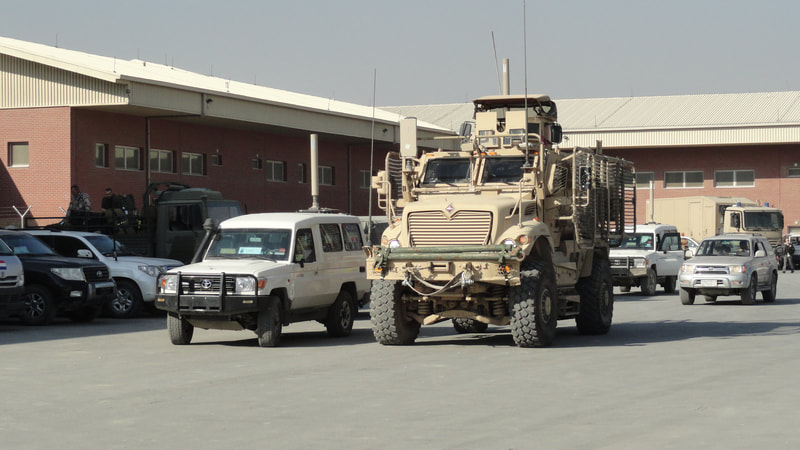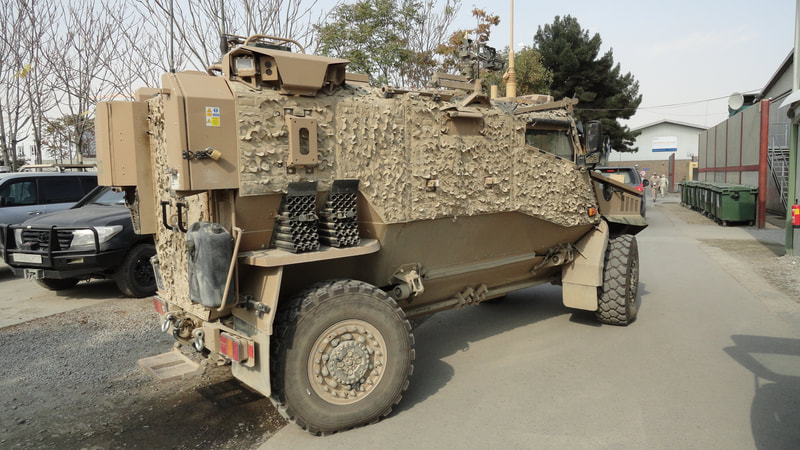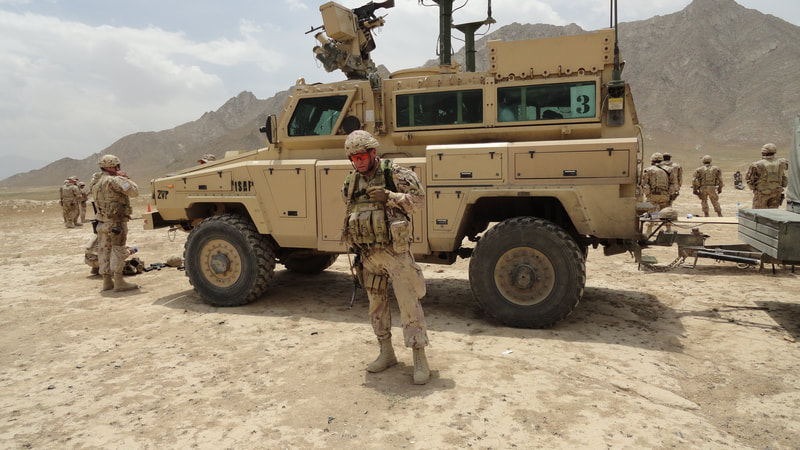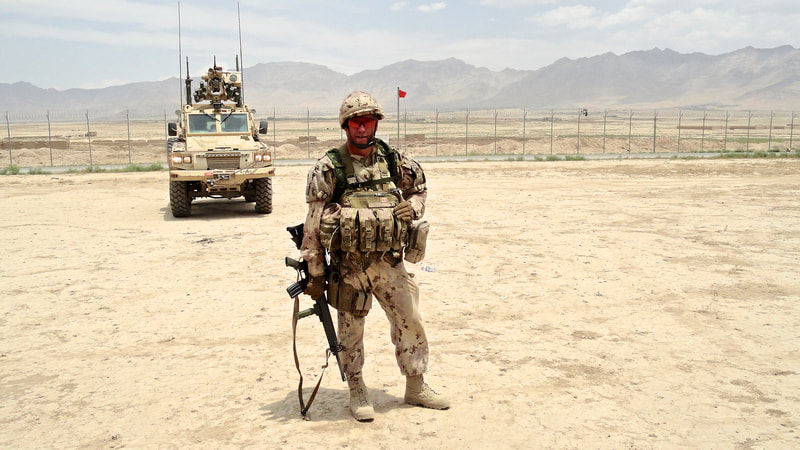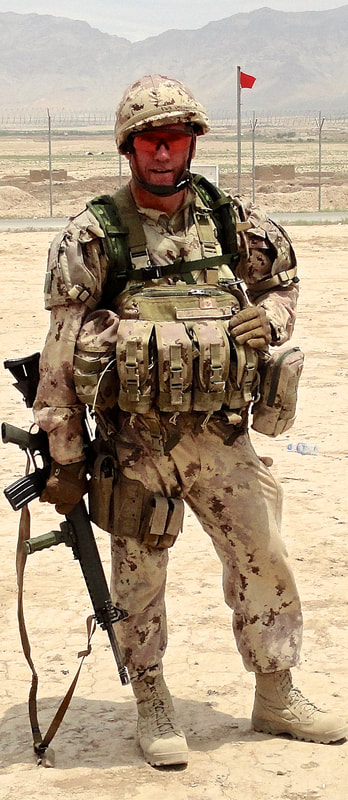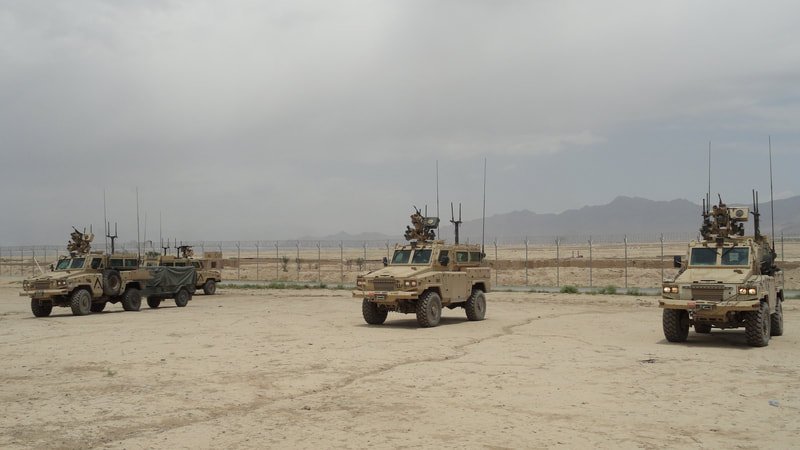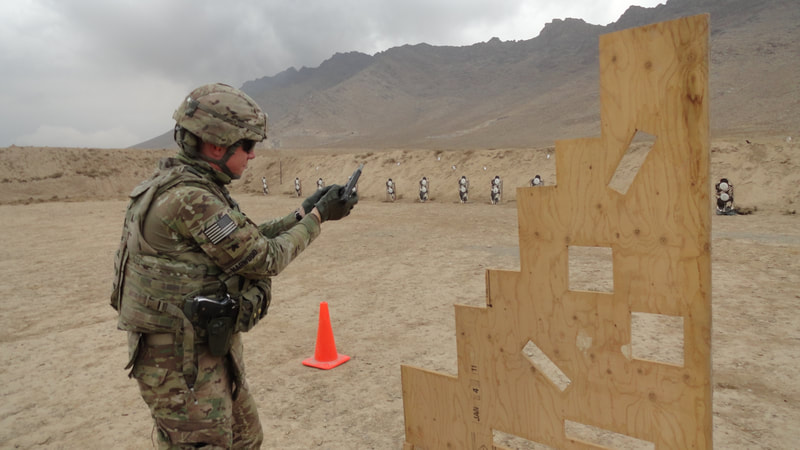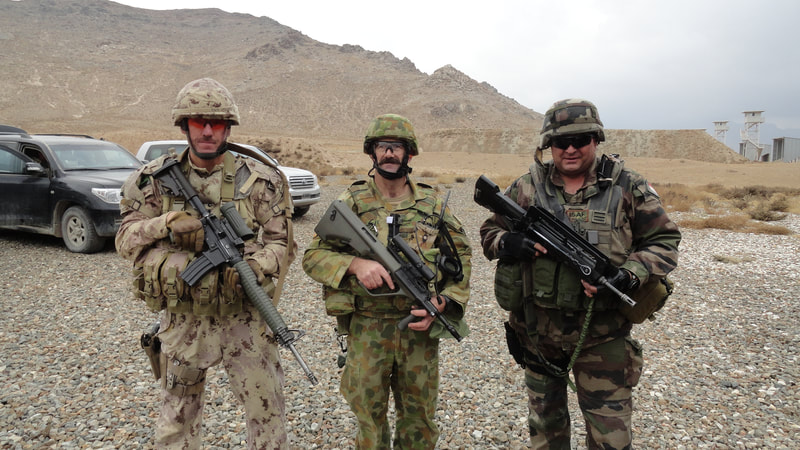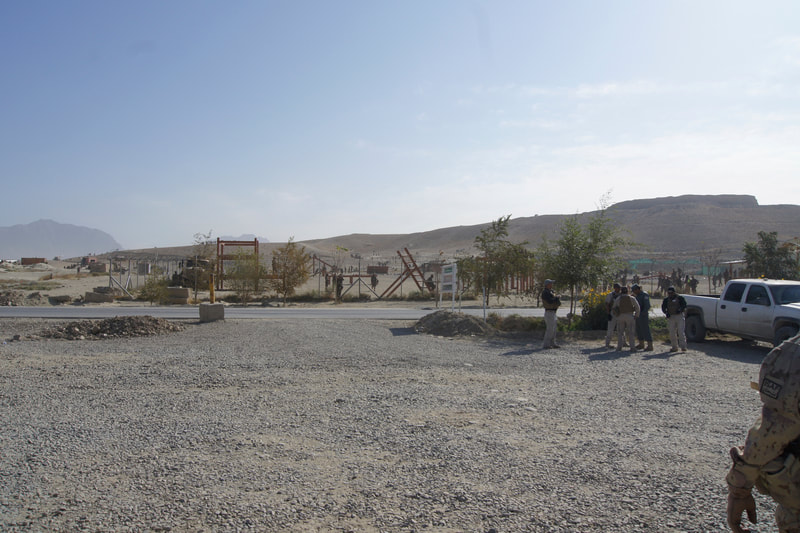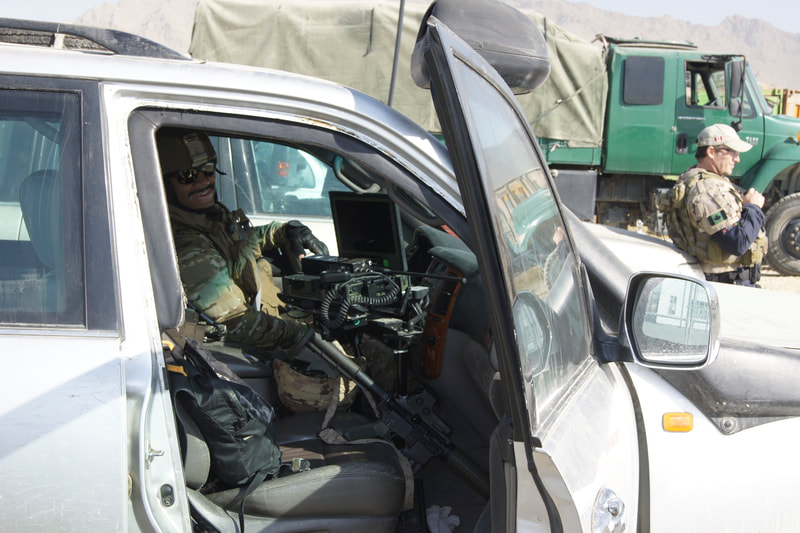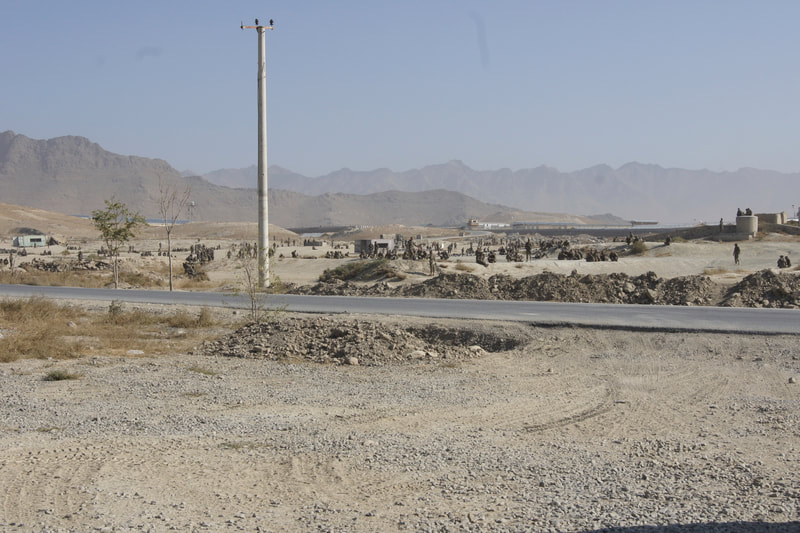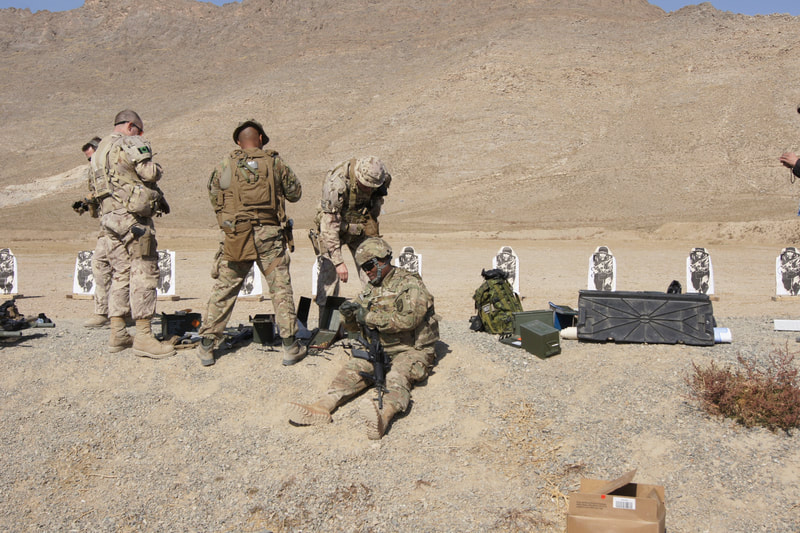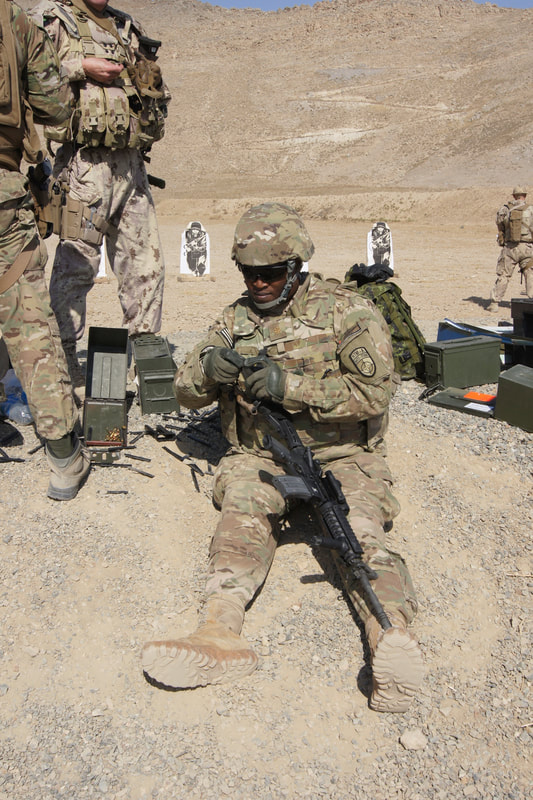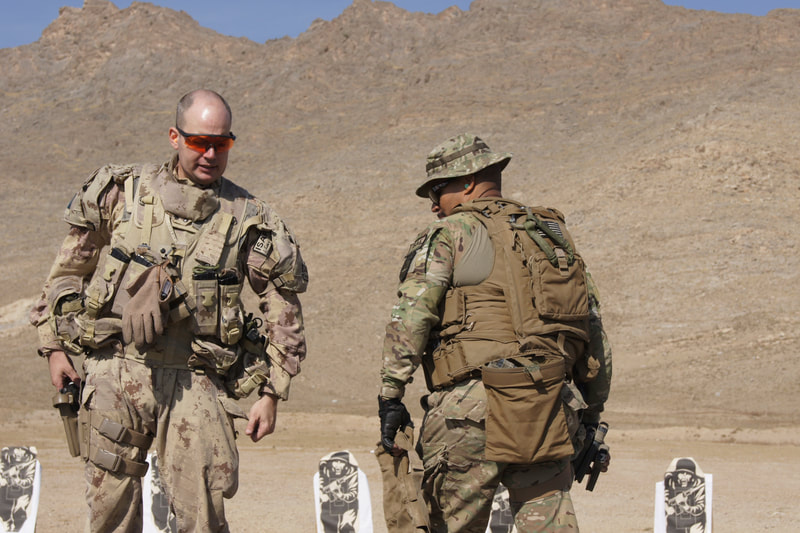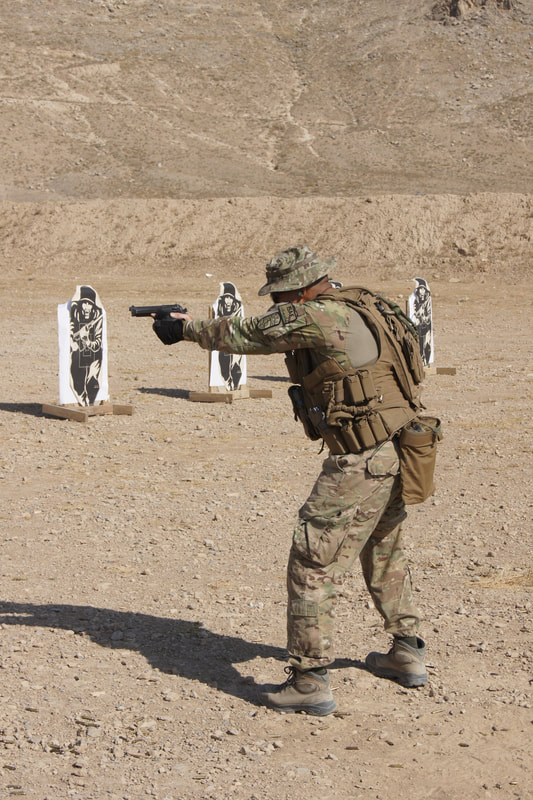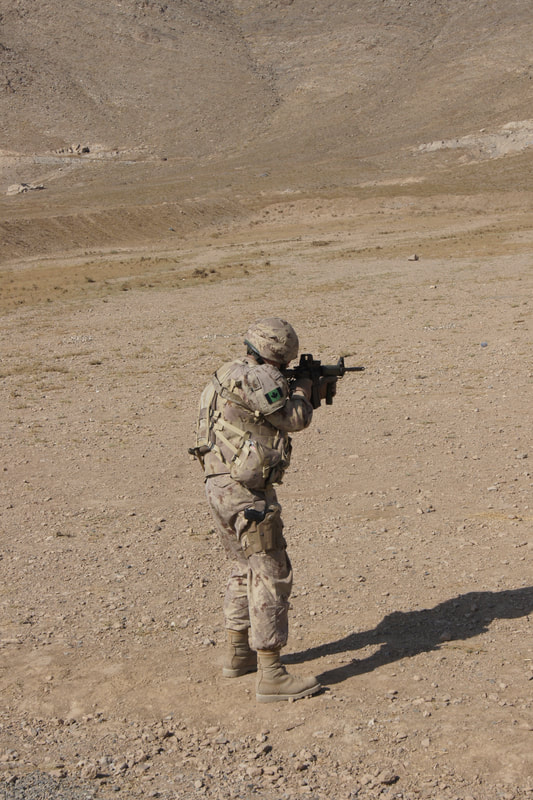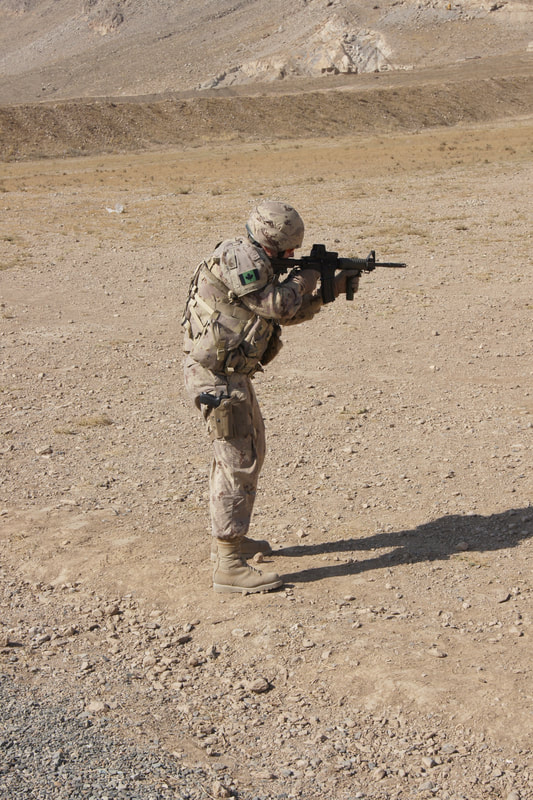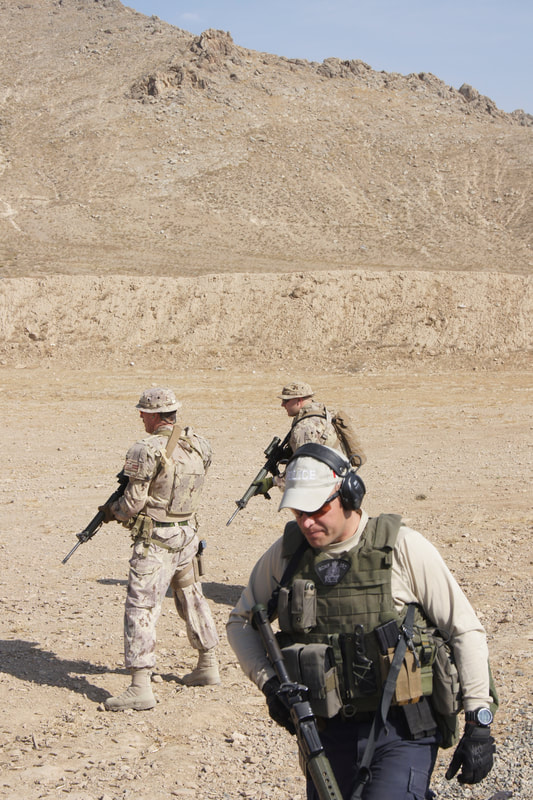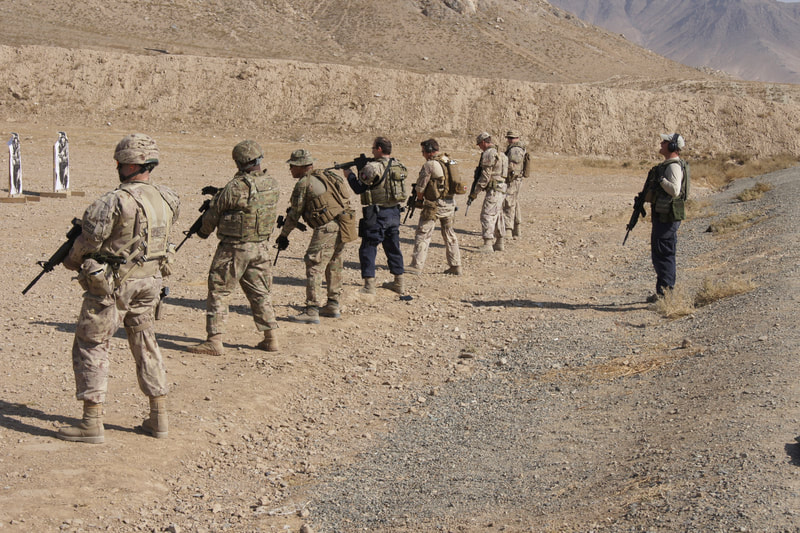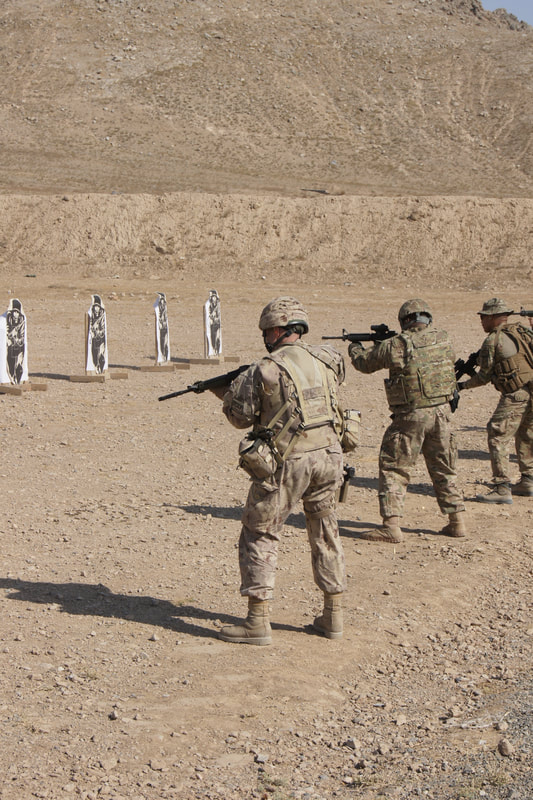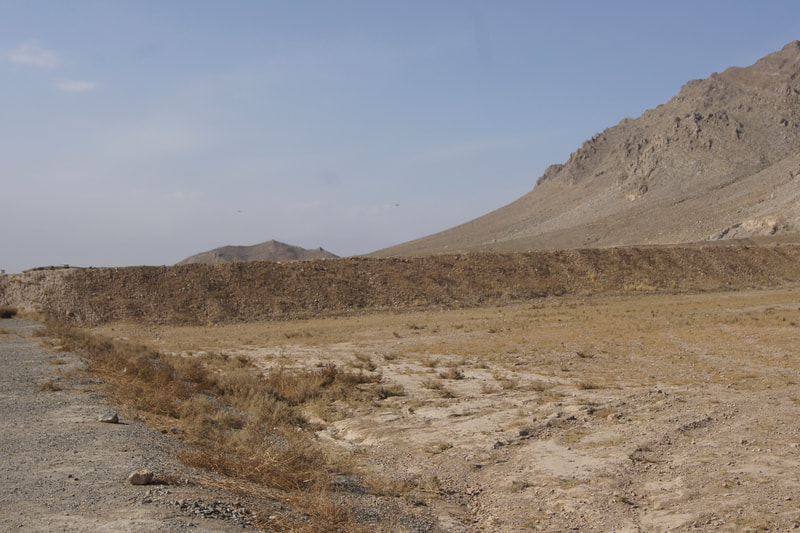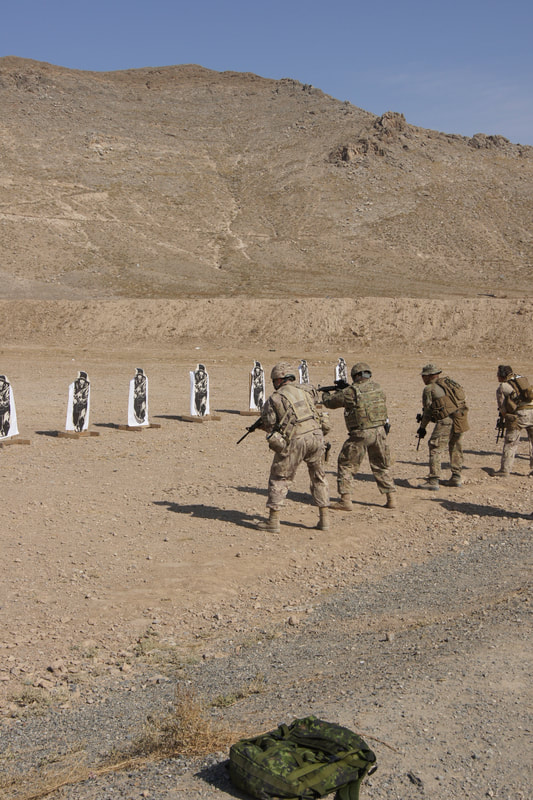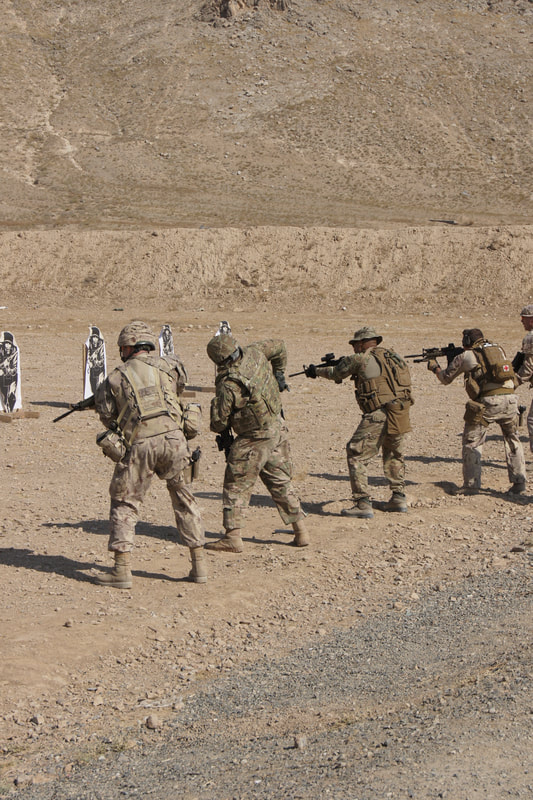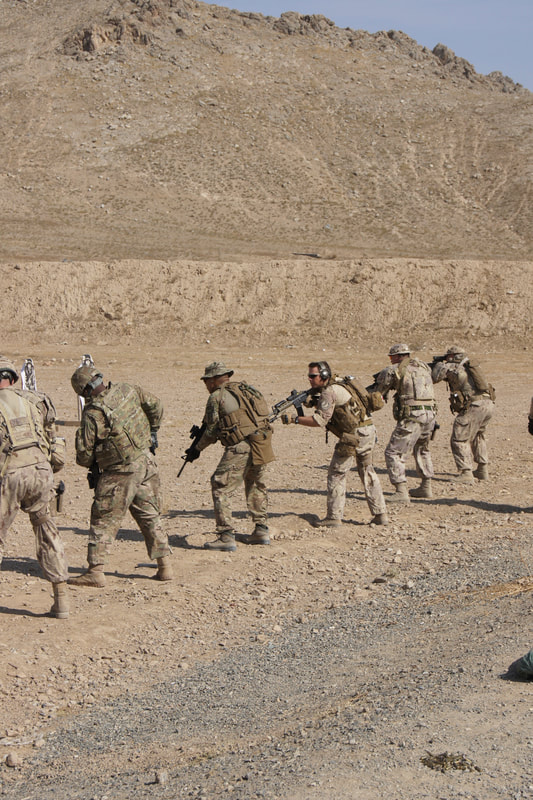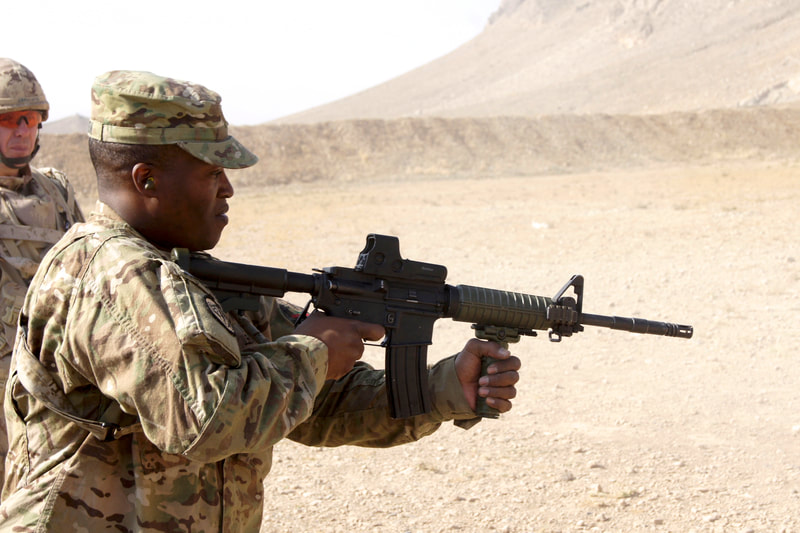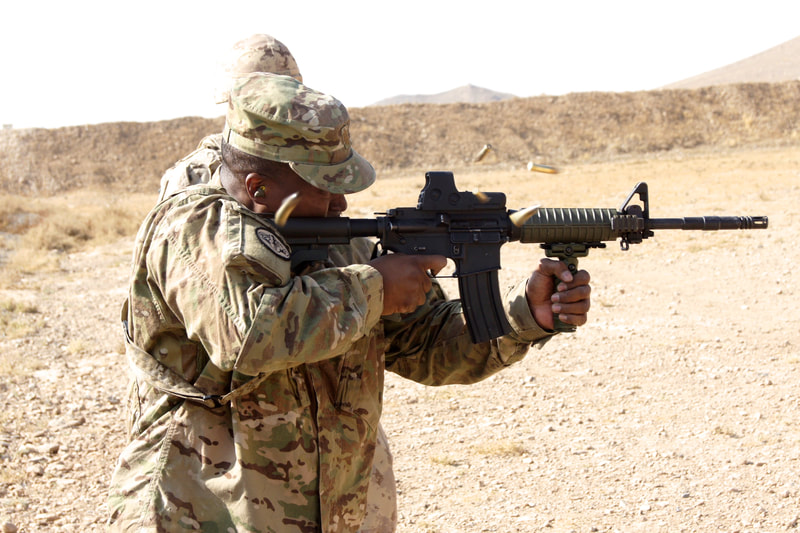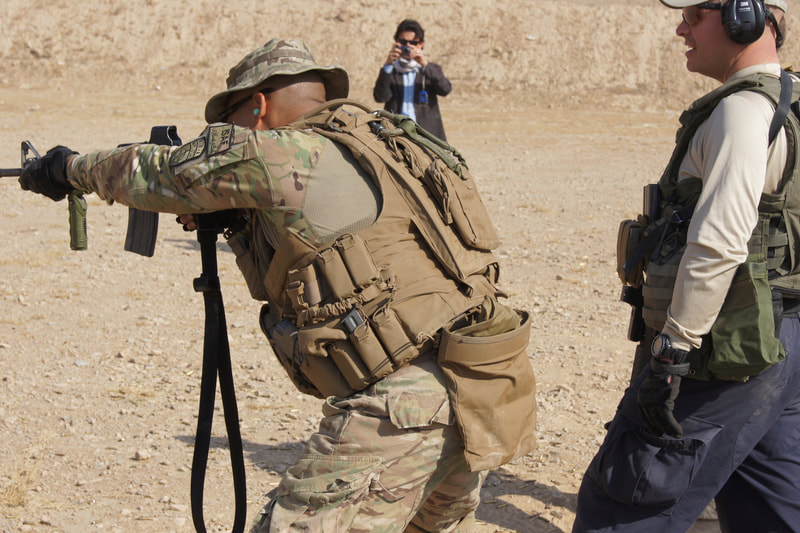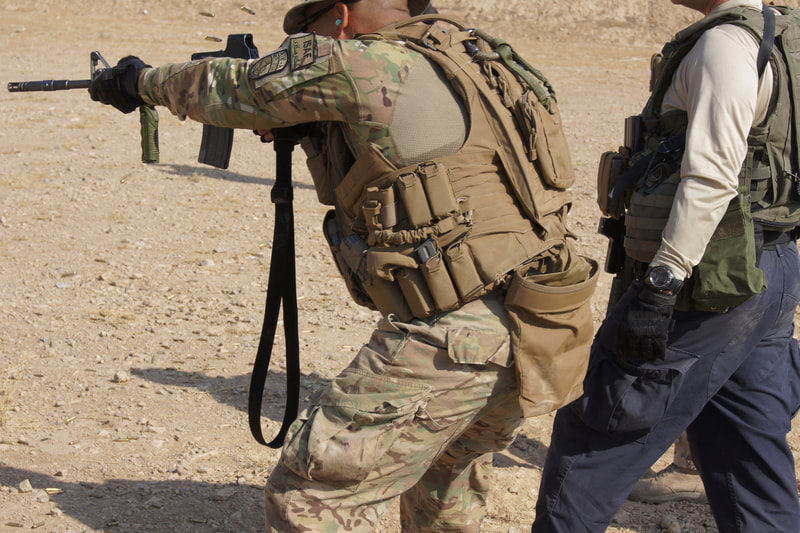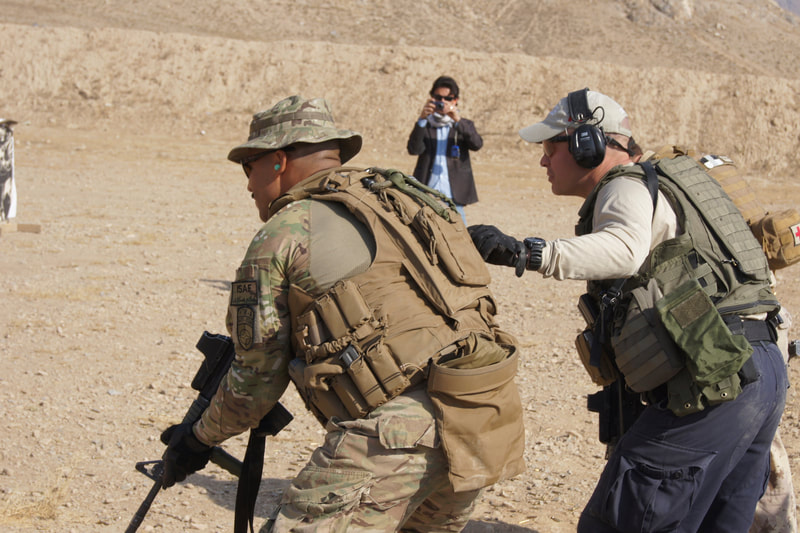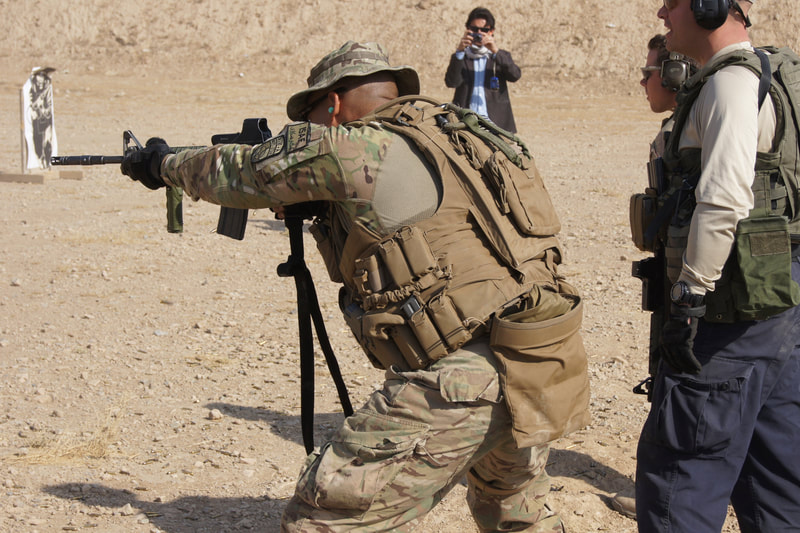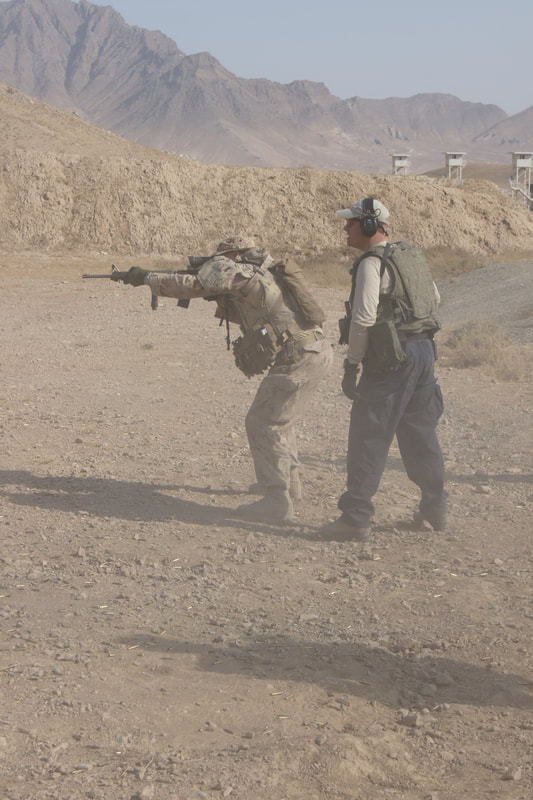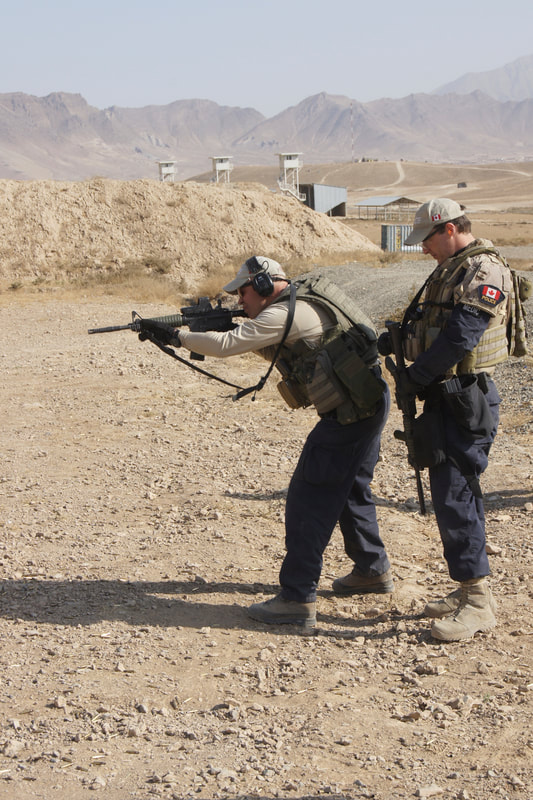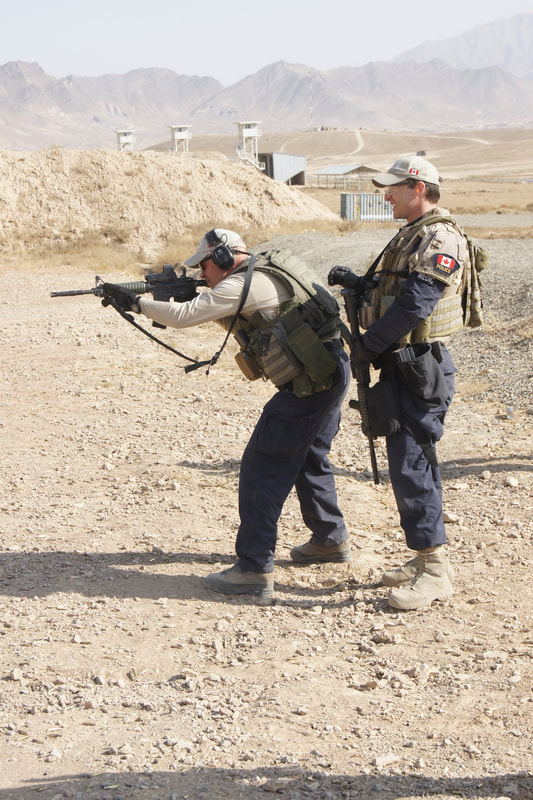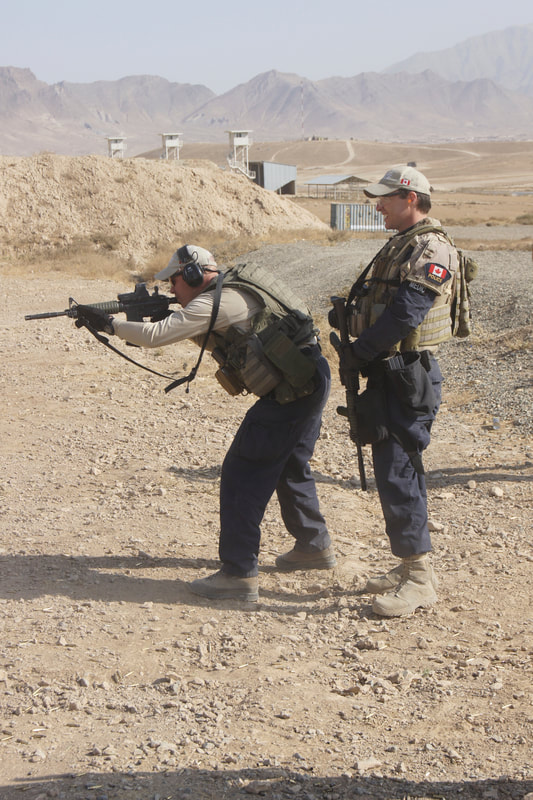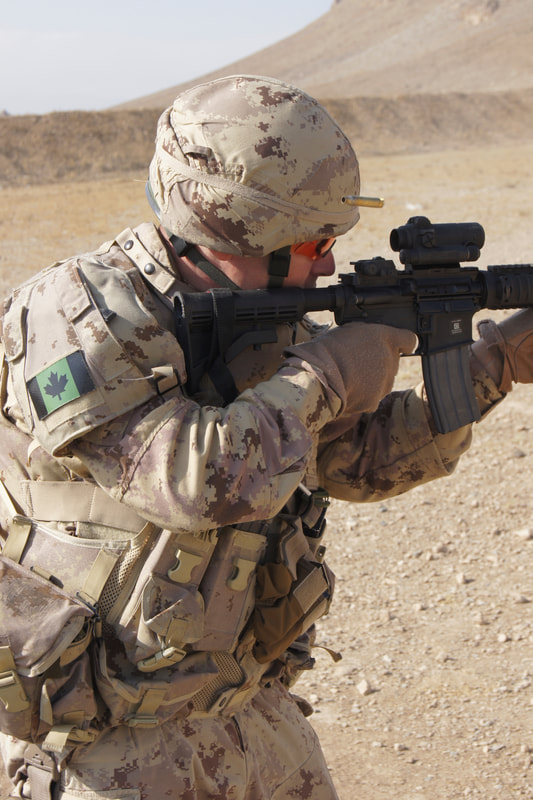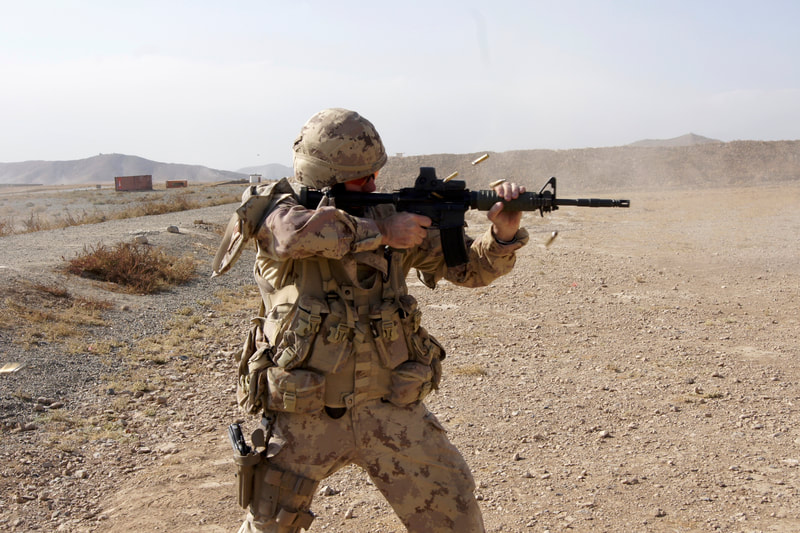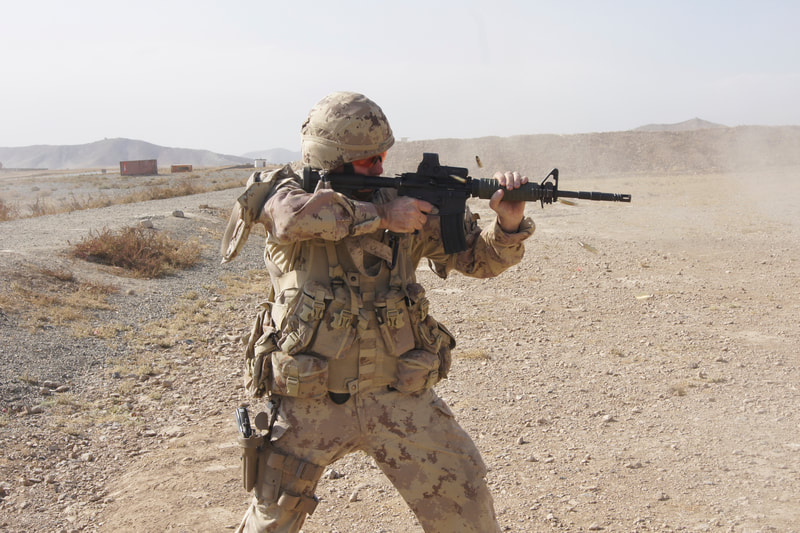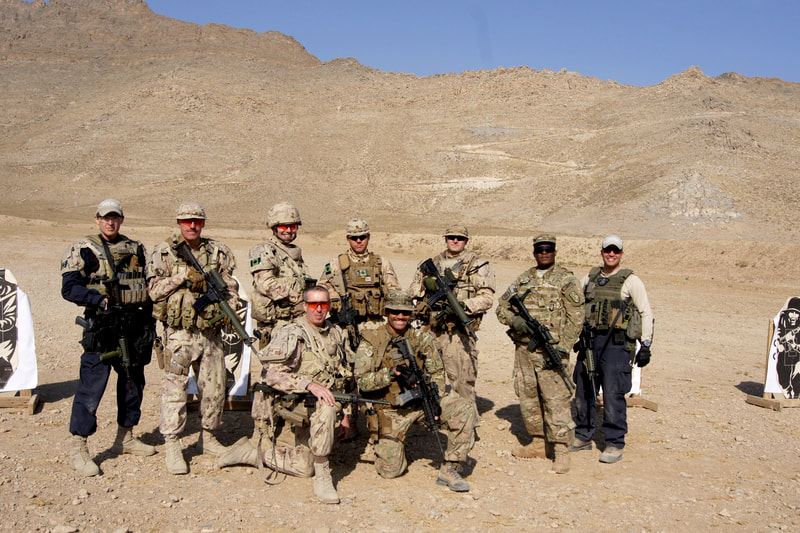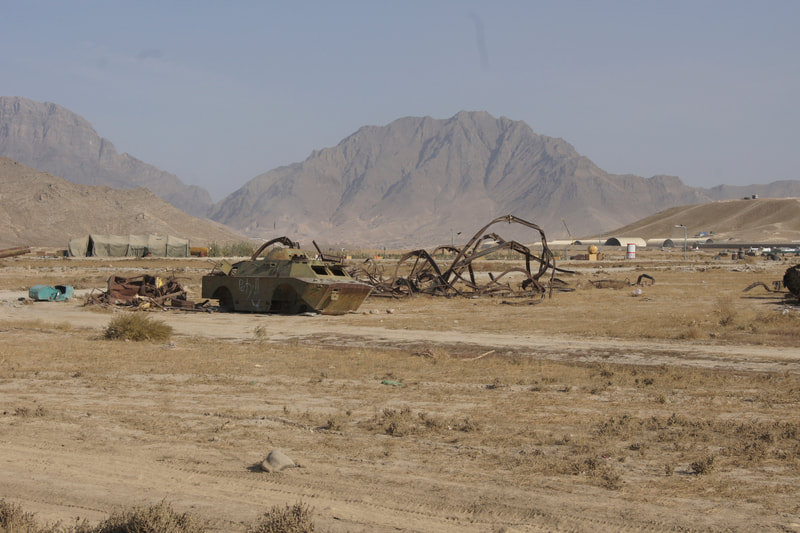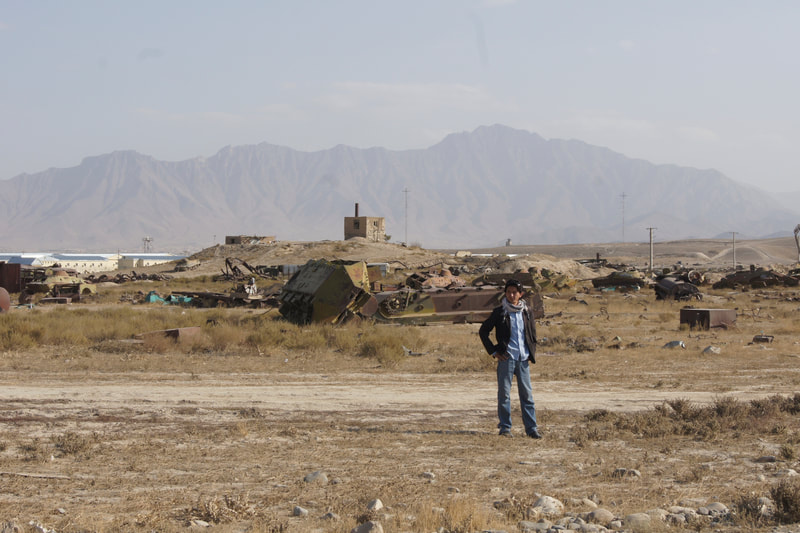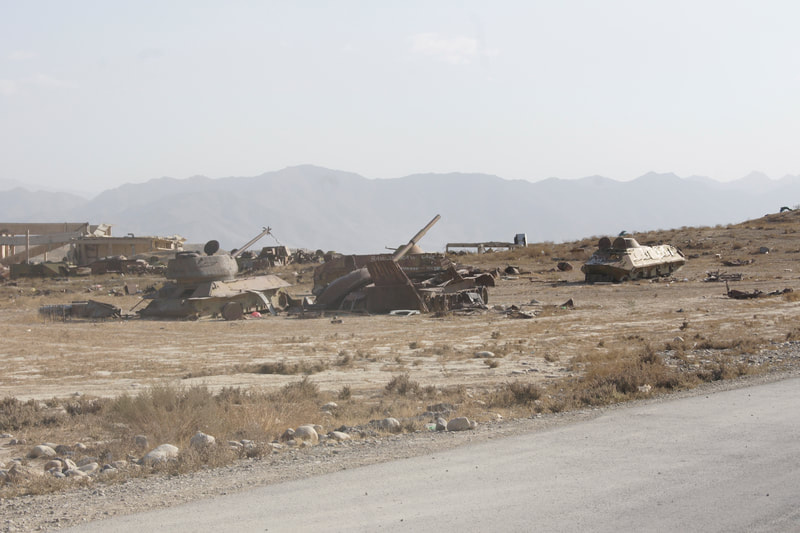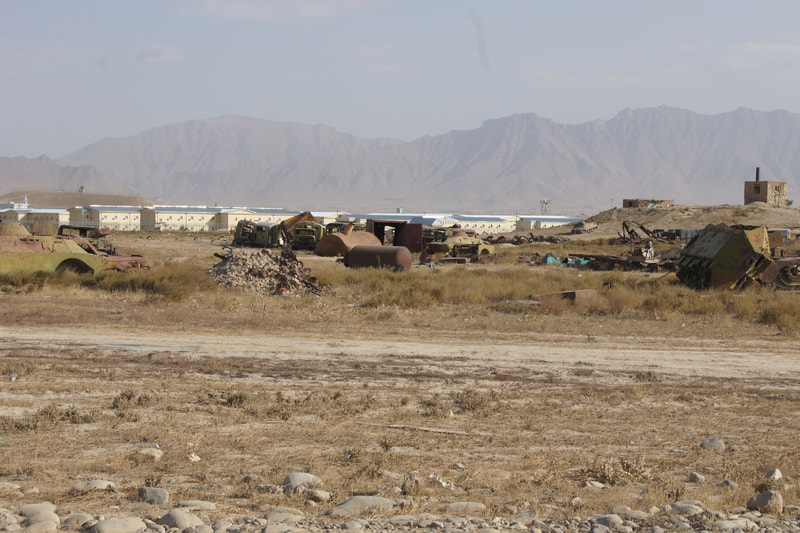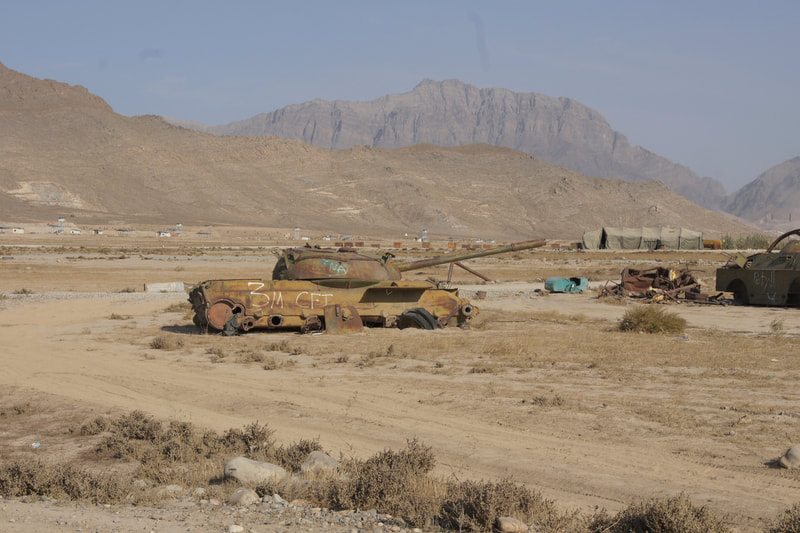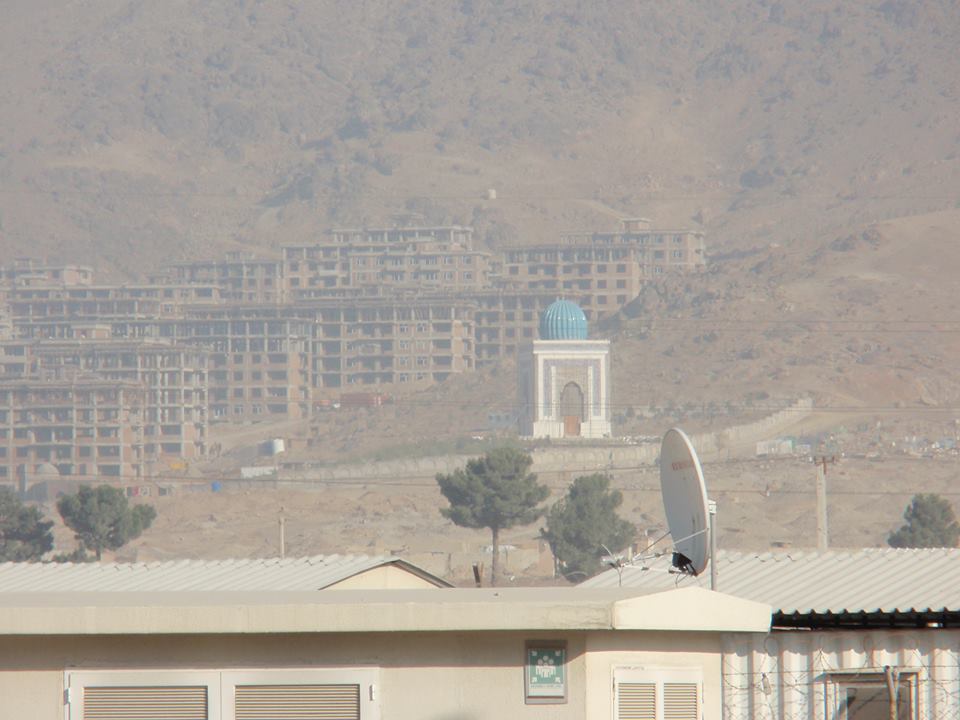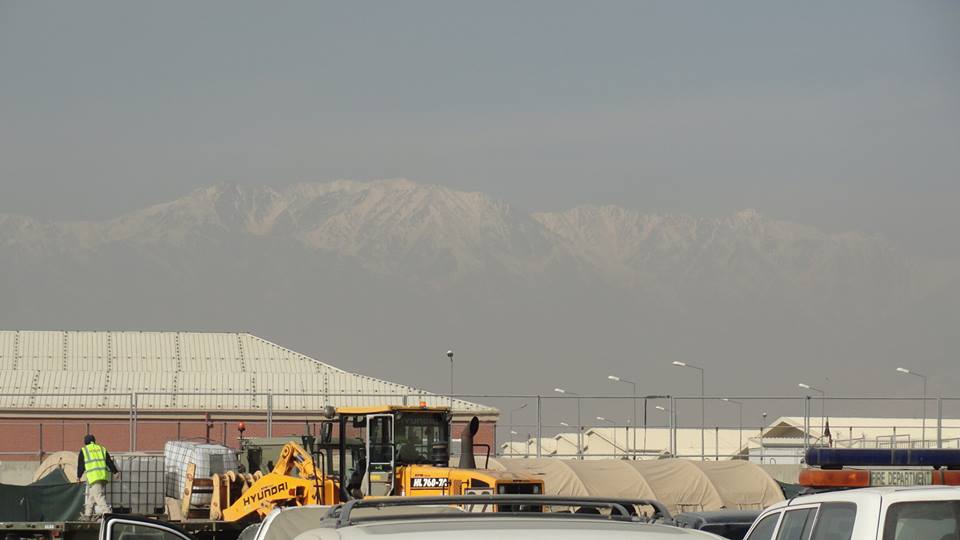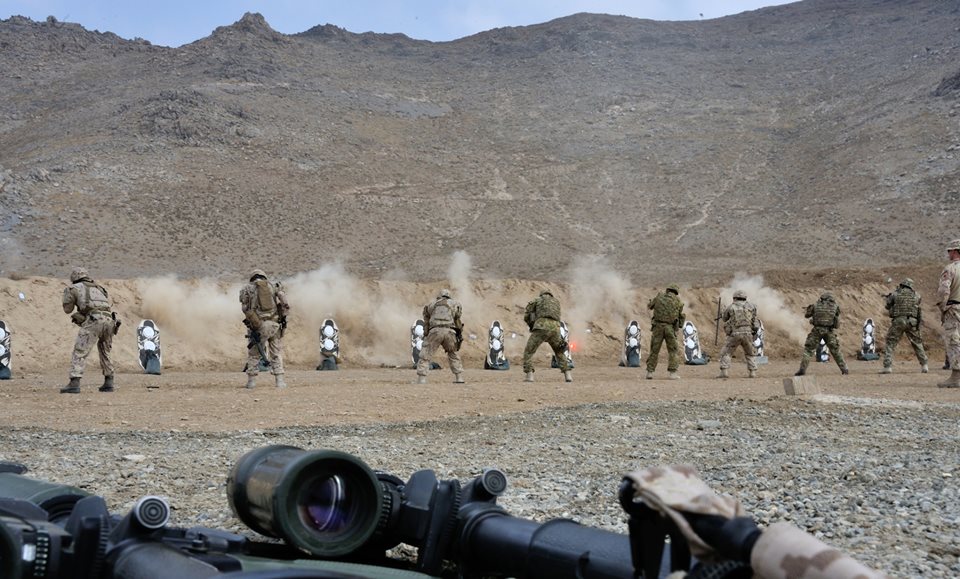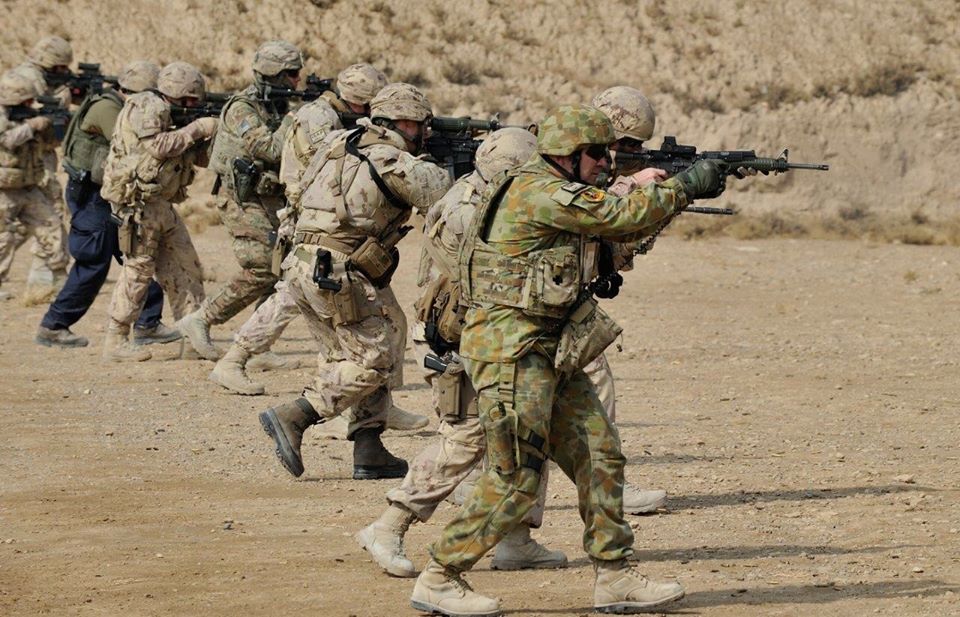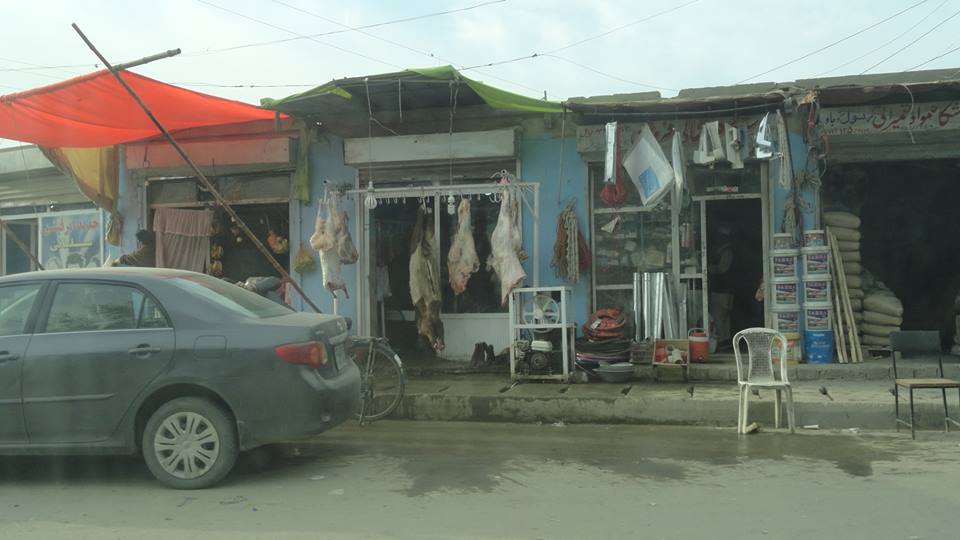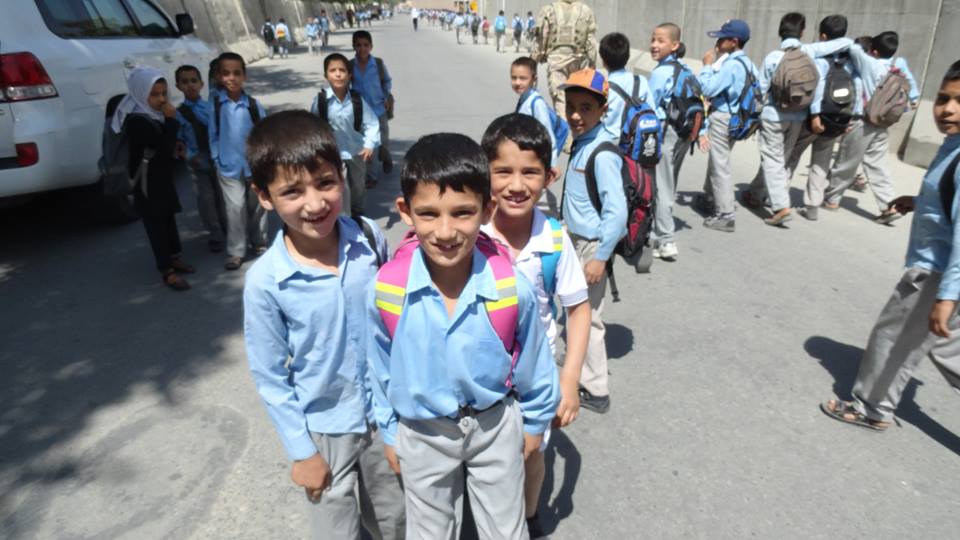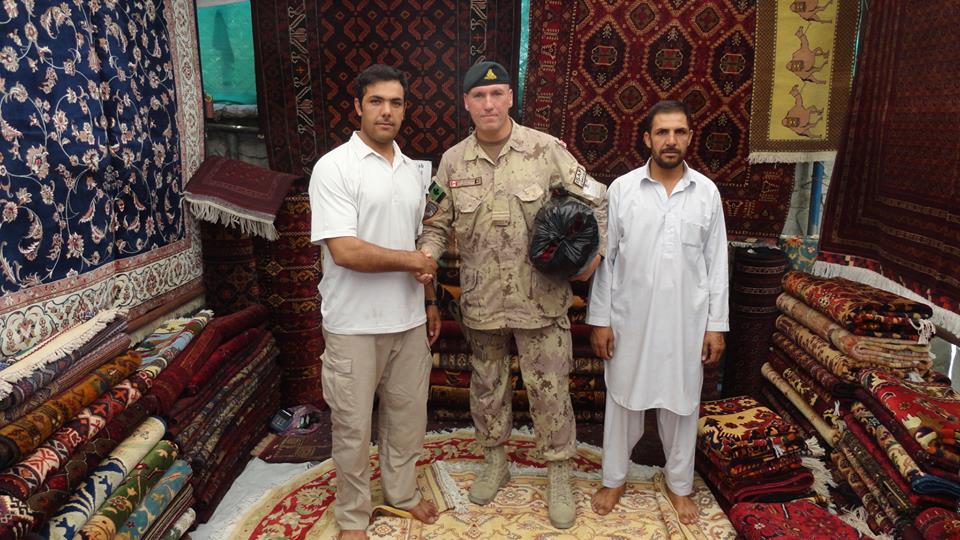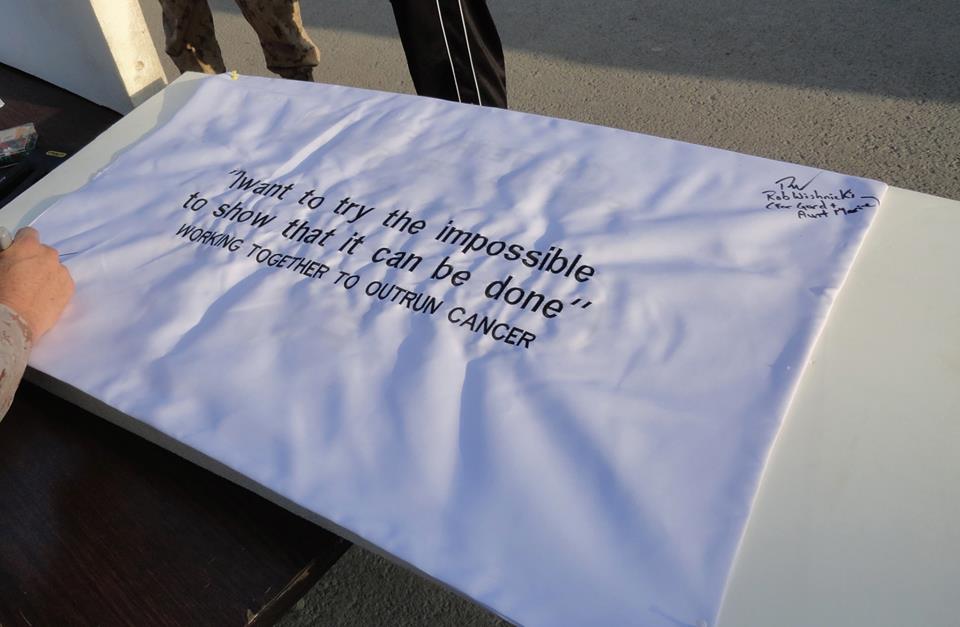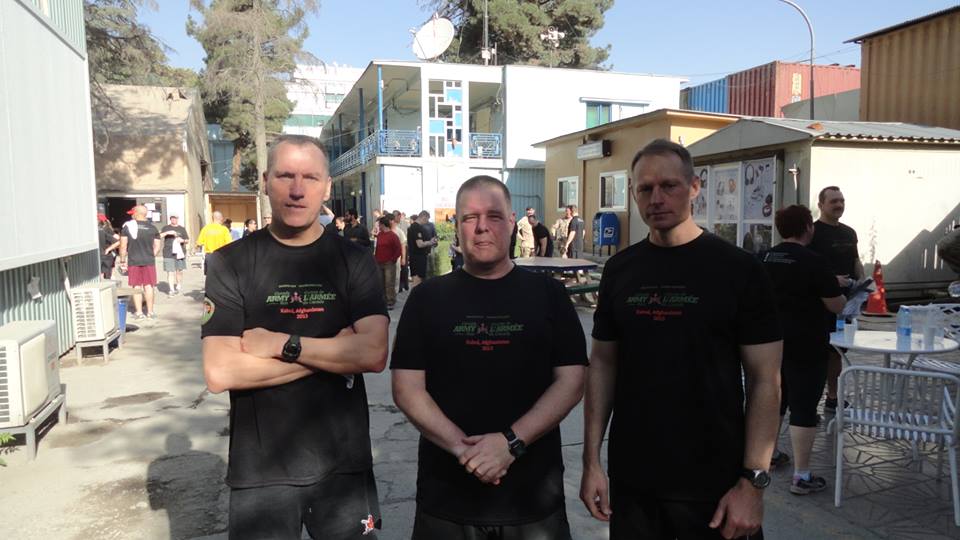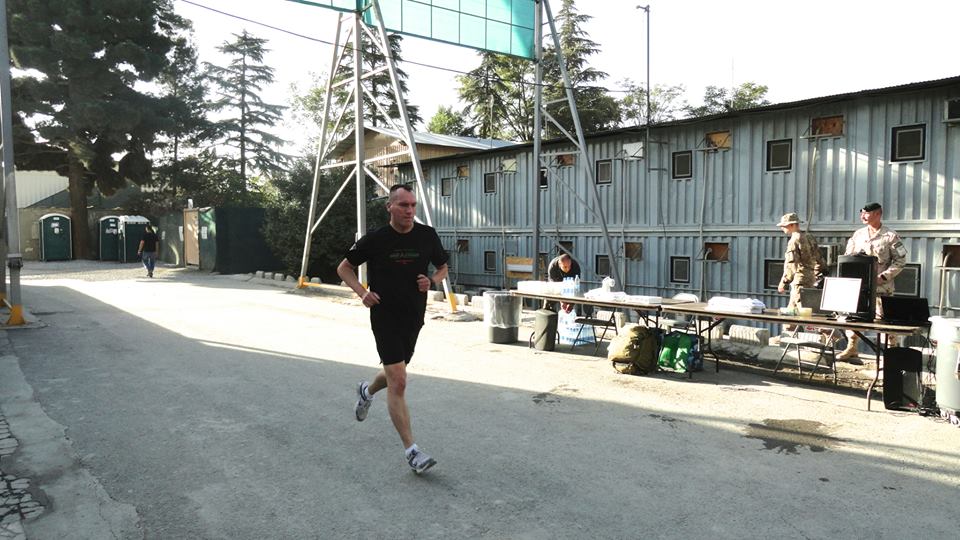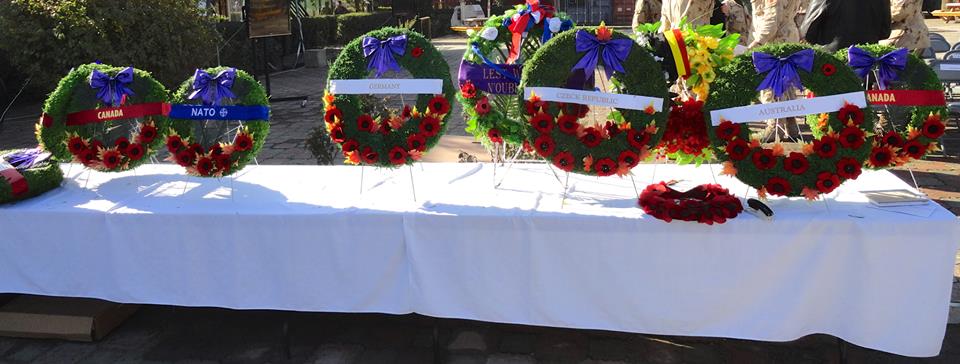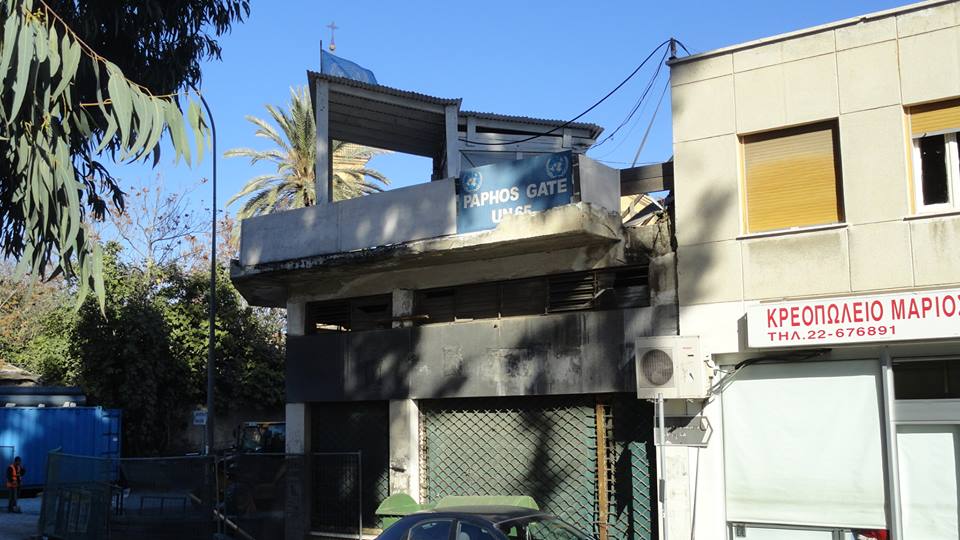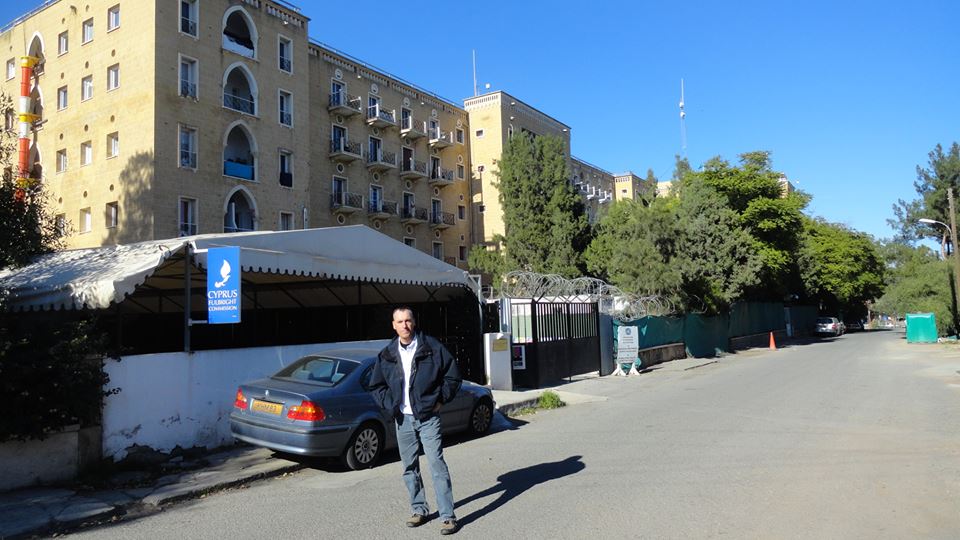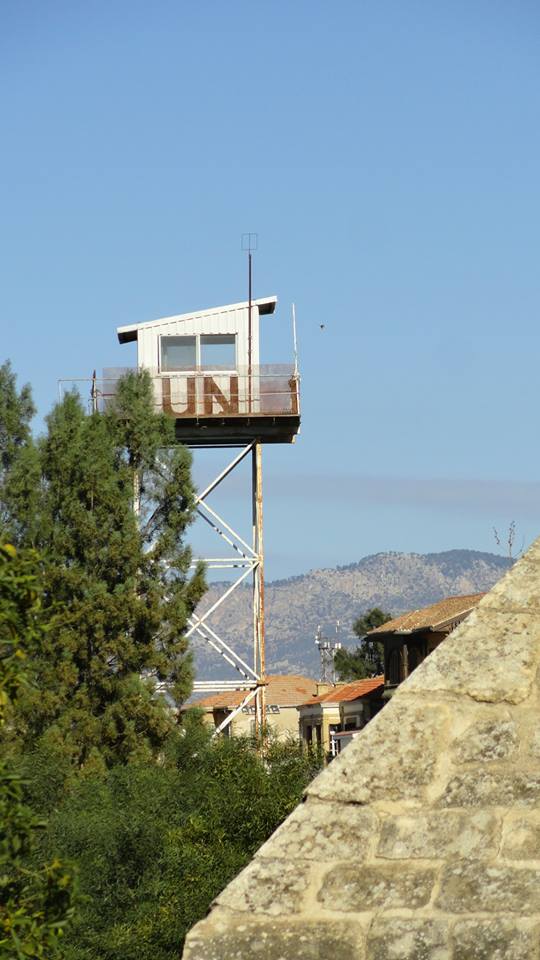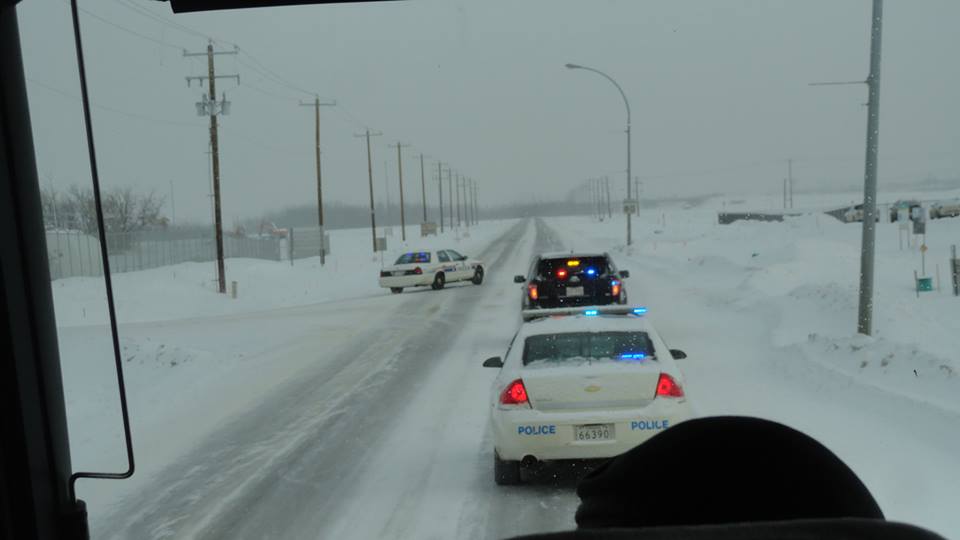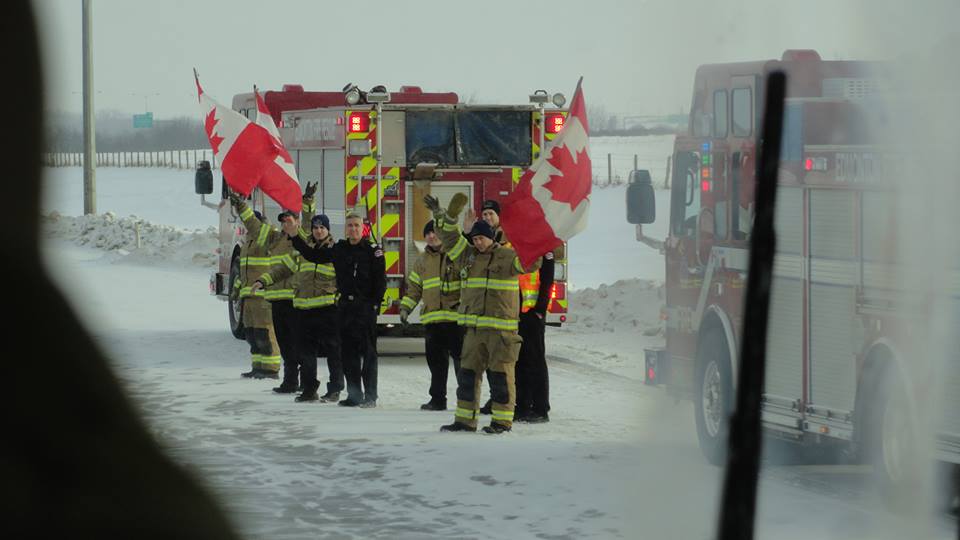OP ATTENTION
Chief Warrant Officer Robert G. Wishnicki CD commissioned Captain 20 February; Deployment training 2 April at Shilo, MB; Deployed to Kabul, Afghanistan 27 June; returned 14 December.
Operation ATTENTION was Canada’s participation in the NATO Training Mission–Afghanistan (NTM-A), which delivers training and professional development support to the national security forces of Afghanistan: the Afghan National Army (ANA), the Afghan Air Force (AAF), and the Afghan National Police (ANP).
The Canadian task force — known as the Canadian Contribution to the Training Mission in Afghanistan or CCTM-A — was concentrated in Kabul, with satellite teams in Mazar-e-Sharif and Herat.
Most CCTM-A members served with the Training Advisory Groups assigned to ANA, AAF and ANP training establishments to assist the Afghan leadership and instructor cadre with tasks such as curriculum design and development of teaching skills. The task force also included senior officers who were integrated into the NTM‑A command team, and a significant contingent of experienced staff personnel who served at NTM-A Headquarters.
NATO Training Mission–Afghanistan.
Operation ATTENTION was Canada’s participation in the NATO Training Mission–Afghanistan (NTM-A), which delivers training and professional development support to the national security forces of Afghanistan: the Afghan National Army (ANA), the Afghan Air Force (AAF), and the Afghan National Police (ANP).
The Canadian task force — known as the Canadian Contribution to the Training Mission in Afghanistan or CCTM-A — was concentrated in Kabul, with satellite teams in Mazar-e-Sharif and Herat.
Most CCTM-A members served with the Training Advisory Groups assigned to ANA, AAF and ANP training establishments to assist the Afghan leadership and instructor cadre with tasks such as curriculum design and development of teaching skills. The task force also included senior officers who were integrated into the NTM‑A command team, and a significant contingent of experienced staff personnel who served at NTM-A Headquarters.
NATO Training Mission–Afghanistan.
Formally activated on 21 November 2009, NTM-A has a mandate to consolidate, standardize and strengthen the training and professional development that the Afghan national security forces have received from ISAF since 2006. NTM-A operates in parallel with ISAF under the ISAF Joint Command in Kabul.
The NTM-A mission is to “support the Government of the Islamic Republic of Afghanistan as it generates and sustains the Afghan national security forces, develops leaders, and establishes enduring capacity in order to enable accountable Afghan-led security.”
In its first year (2009–2010), NTM-A focussed on recruitment, increasing the quality of Afghan soldiers and police, and building the foundations of professionalization across the Afghan national security forces. In its second year (2010–2011), NTM-A priorities were instruction skills, leadership, literacy, vocational skills, stewardship and institutional development.
Since 2012, NTM-A has been working to sustain its momentum while initiating preparations for the transfer of the lead security responsibility to Afghan control in 2014. This is a conditions-based process that will take place when:
the Afghan national security forces are ready to shoulder responsibility for security with steadily decreasing assistance from ISAF;
Security has improved to the point that people can go about and do business in safety; and
local governance has developed to the point that public safety will not suffer with the decrease in ISAF assistance.
The NTM-A mission is to “support the Government of the Islamic Republic of Afghanistan as it generates and sustains the Afghan national security forces, develops leaders, and establishes enduring capacity in order to enable accountable Afghan-led security.”
In its first year (2009–2010), NTM-A focussed on recruitment, increasing the quality of Afghan soldiers and police, and building the foundations of professionalization across the Afghan national security forces. In its second year (2010–2011), NTM-A priorities were instruction skills, leadership, literacy, vocational skills, stewardship and institutional development.
Since 2012, NTM-A has been working to sustain its momentum while initiating preparations for the transfer of the lead security responsibility to Afghan control in 2014. This is a conditions-based process that will take place when:
the Afghan national security forces are ready to shoulder responsibility for security with steadily decreasing assistance from ISAF;
Security has improved to the point that people can go about and do business in safety; and
local governance has developed to the point that public safety will not suffer with the decrease in ISAF assistance.




